About Shibuya
Shibuya, one of Tokyo’s 23 special wards, is really the heart of the city’s buzz and excitement. It’s a place where fashion, culture, and entertainment come alive in the most colourful ways. The image most people associate with Shibuya is its renowned pedestrian scramble, a bustling crosswalk symbolizing Tokyo’s vibrant urban life.
Covering an area of 15.11 km² (5.83 sq mi), Shibuya encompasses several distinct districts and areas, each with its own unique atmosphere and offerings.
The Shibuya Station area is the focal point of the ward, known for its high-energy and constant flow of people. It’s a prime spot for shopping, dining, and entertainment, reflecting the dynamic nature of Tokyo. It’s also one of the best places to stay in Tokyo.
Ebisu (Yebisu), part of Shibuya Ward, is celebrated for its mix of sophisticated dining options and relaxed drinking spots, catering to a diverse crowd. Harajuku, another area within Shibuya, stands out as the centre of youth fashion and culture, famous for its unique street fashion, Takeshita street, colourful sweets and trendy shops.
Omotesandō is distinguished by its fashionable boutiques and designer stores, often drawing comparisons to upscale shopping avenues like Paris’s Champs-Élysées. Sendagaya offers a blend of residential streets mixed with small, international restaurants, showcasing a quieter side of Shibuya.
Yoyogi is renowned for its large park Yoyogi Park, providing a peaceful retreat from the city’s hustle and bustle, and is home to the NHK Broadcast Center.
Lastly, Hiroo offers a more international feel with its numerous embassies and expatriate communities. It is a sought after residential area.
Where is Shibuya
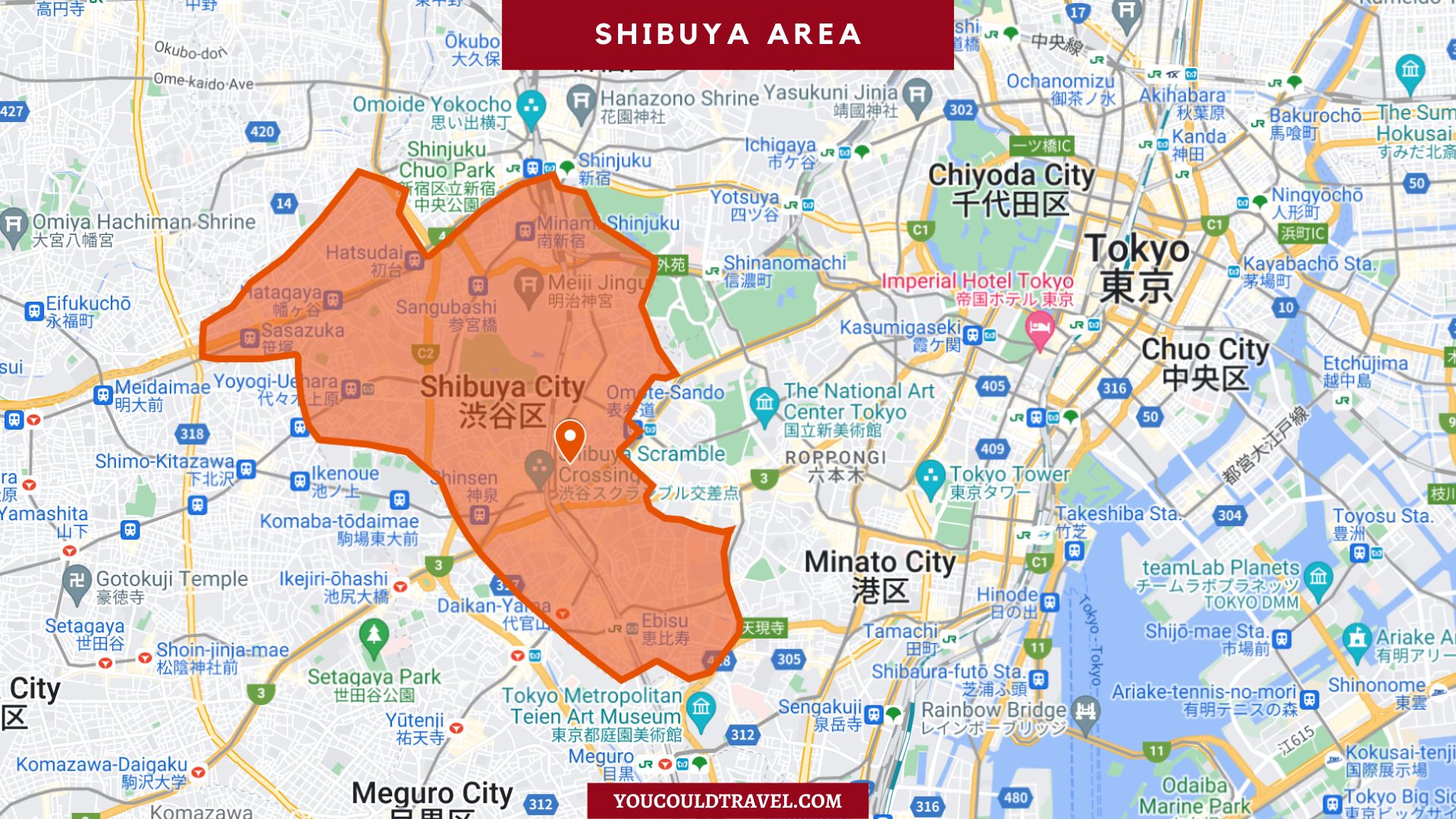
Districts within Shibuya
Shibuya is geographically situated in the western part of Tokyo, Japan. Shibuya is bordered by Minato to the east, Meguro to the south, Setagaya to the west, and Shinjuku to the north. The district is centred around Shibuya Station, one of Tokyo’s busiest railway stations, serving as a major interchange for several rail and subway lines. This central location makes Shibuya a key transit point and a bustling hub within the greater Tokyo metropolitan area.
Shibuya is a very large ward within Tokyo and home to several districts and areas. Here are the main districts within Shibuya:
Shibuya Station Area
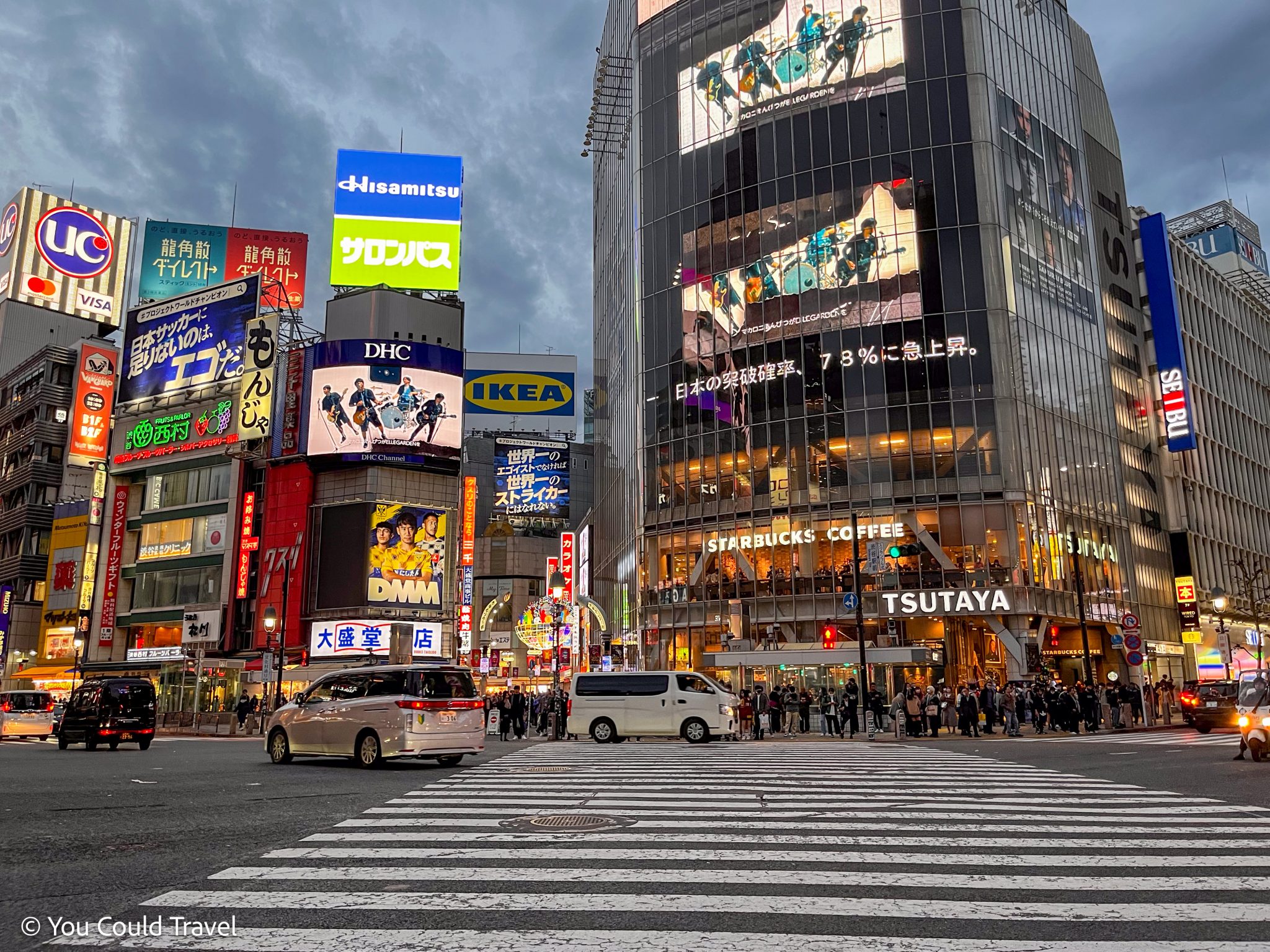
The area surrounding Shibuya Station, known for the famous Shibuya Crossing, Hachiko statue, and a multitude of shops, restaurants, and entertainment venues.
Harajuku
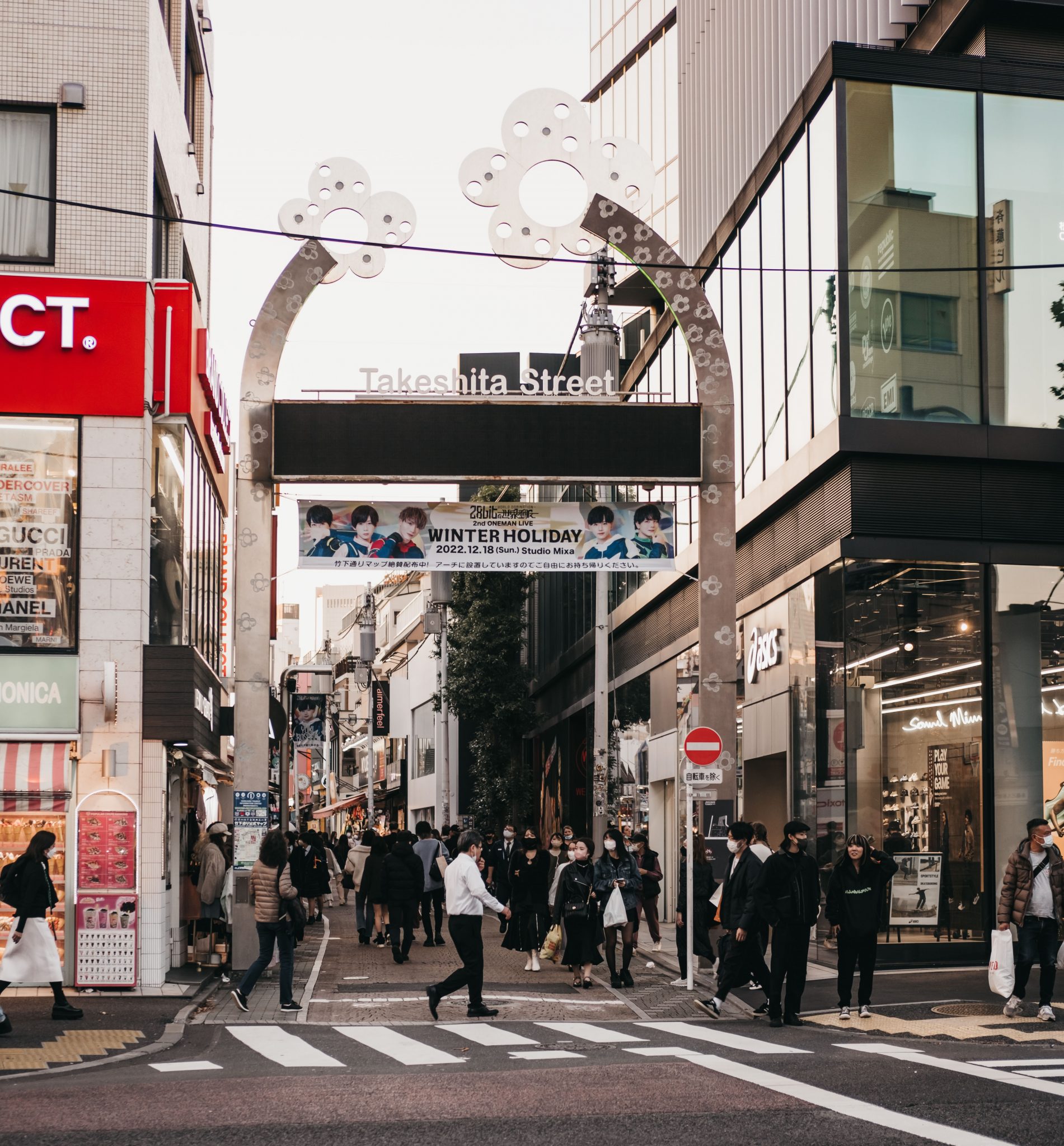
Renowned for its vibrant street fashion and youth culture, Harajuku is home to Takeshita Street, a bustling pedestrian shopping street with lots of restaurants, fashion stores and delicious colourful sweets.
Ebisu
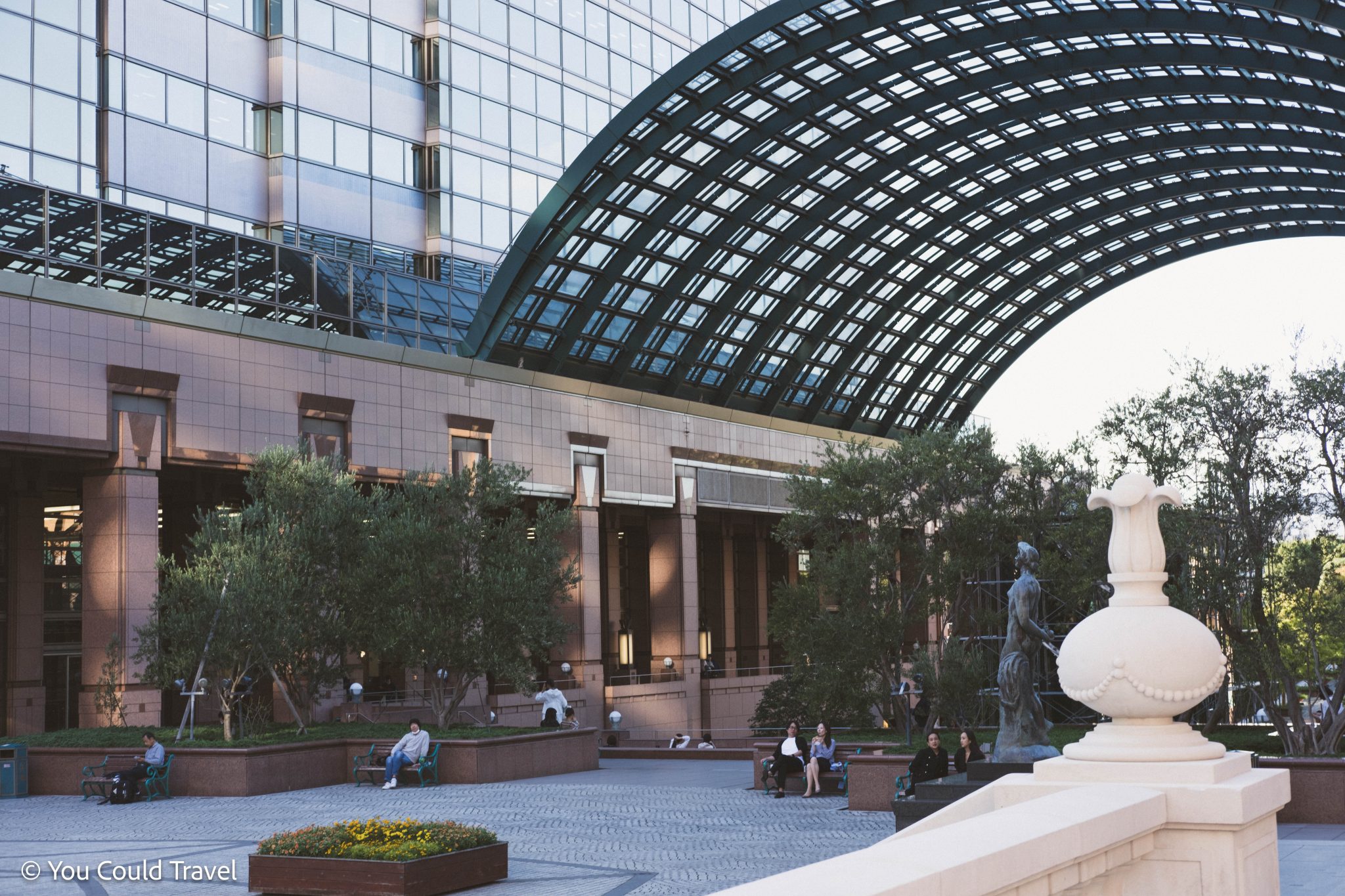
A fashionable district known for its upscale dining and shopping, as well as the Ebisu Garden Place complex. Originally developed around the Japan Beer Brewery Company, Ebisu is home to the famous Yebisu Beer Museum, a nod to its brewing heritage. The area combines the charm of a quiet residential district with the allure of high-end dining and shopping.
Omotesandō
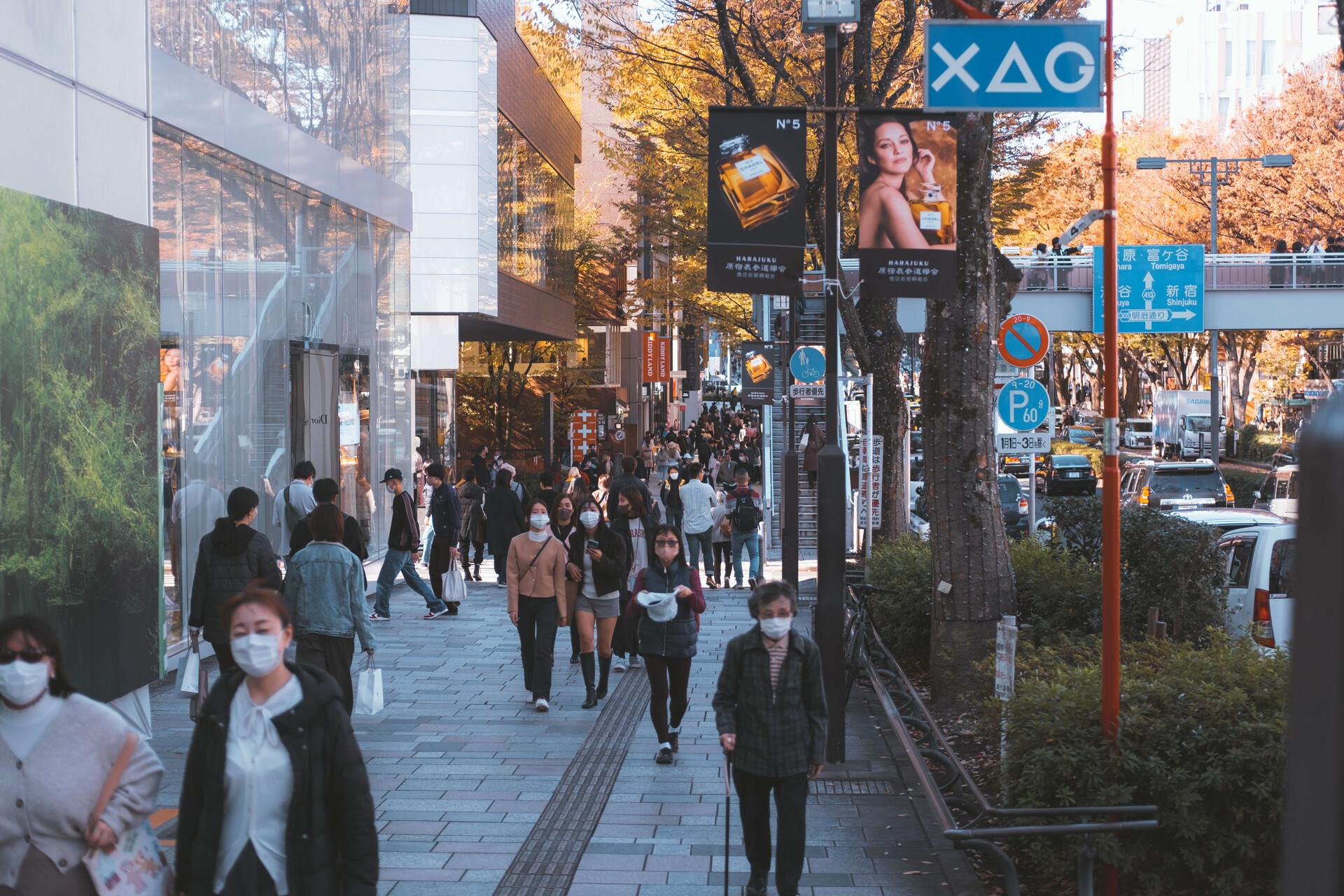
A sophisticated shopping area featuring high-end brands and architectural marvels, often regarded as Tokyo’s Champs-Élysées. This is the perfect place for weekend shopping as most major brands will have a store here. One of the main department stores here is called Omotesandō Hills.
Yoyogi
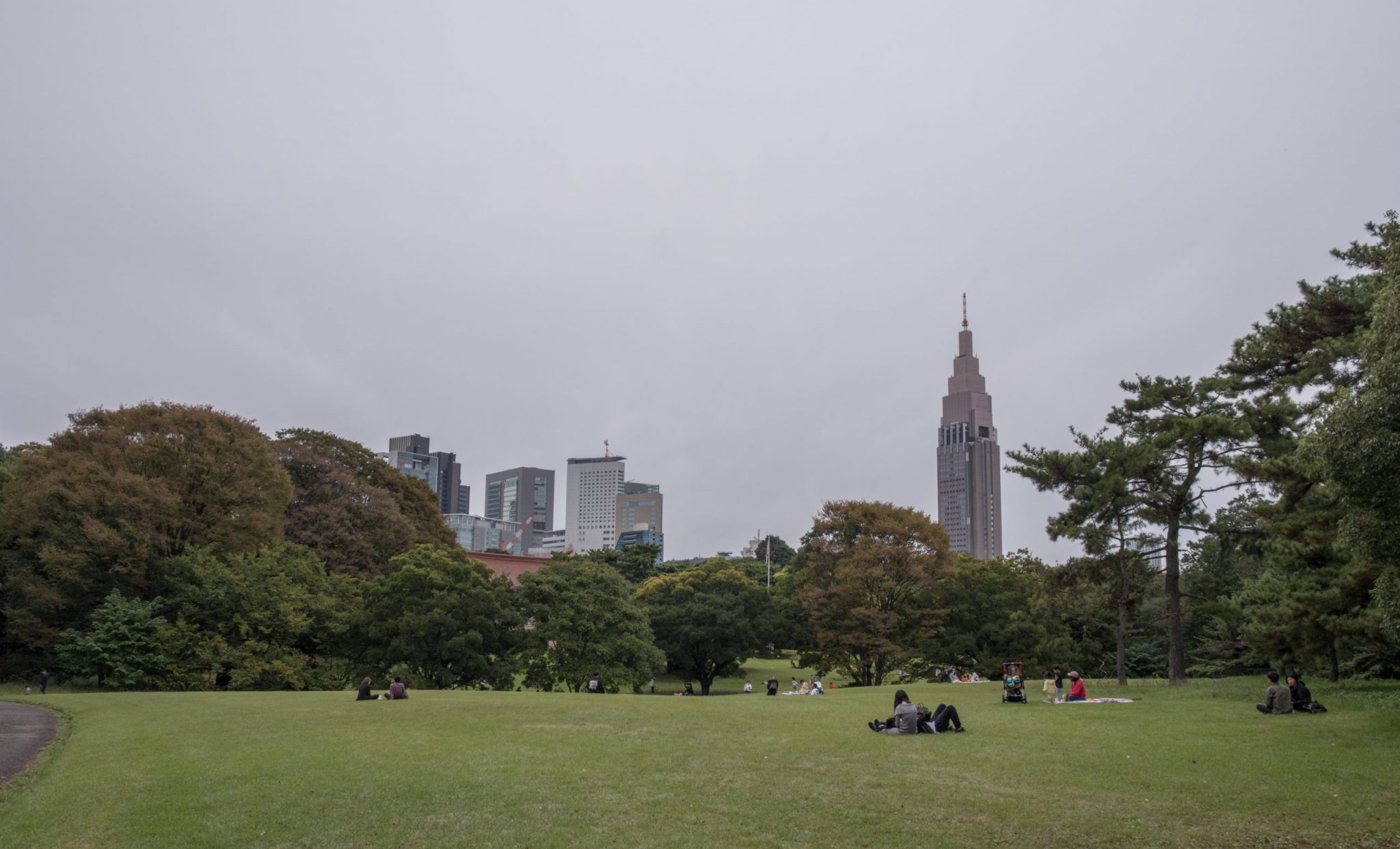
Yoyogi area is best known for Yoyogi Park, one of Tokyo’s largest parks. It’s open 24/7 and free to enter. Adjacent, you will find the Meiji Shrine, surrounded by its own vast green space. Meiji Shrine is one of the most important Shinto Shrines in Tokyo.
Sendagaya
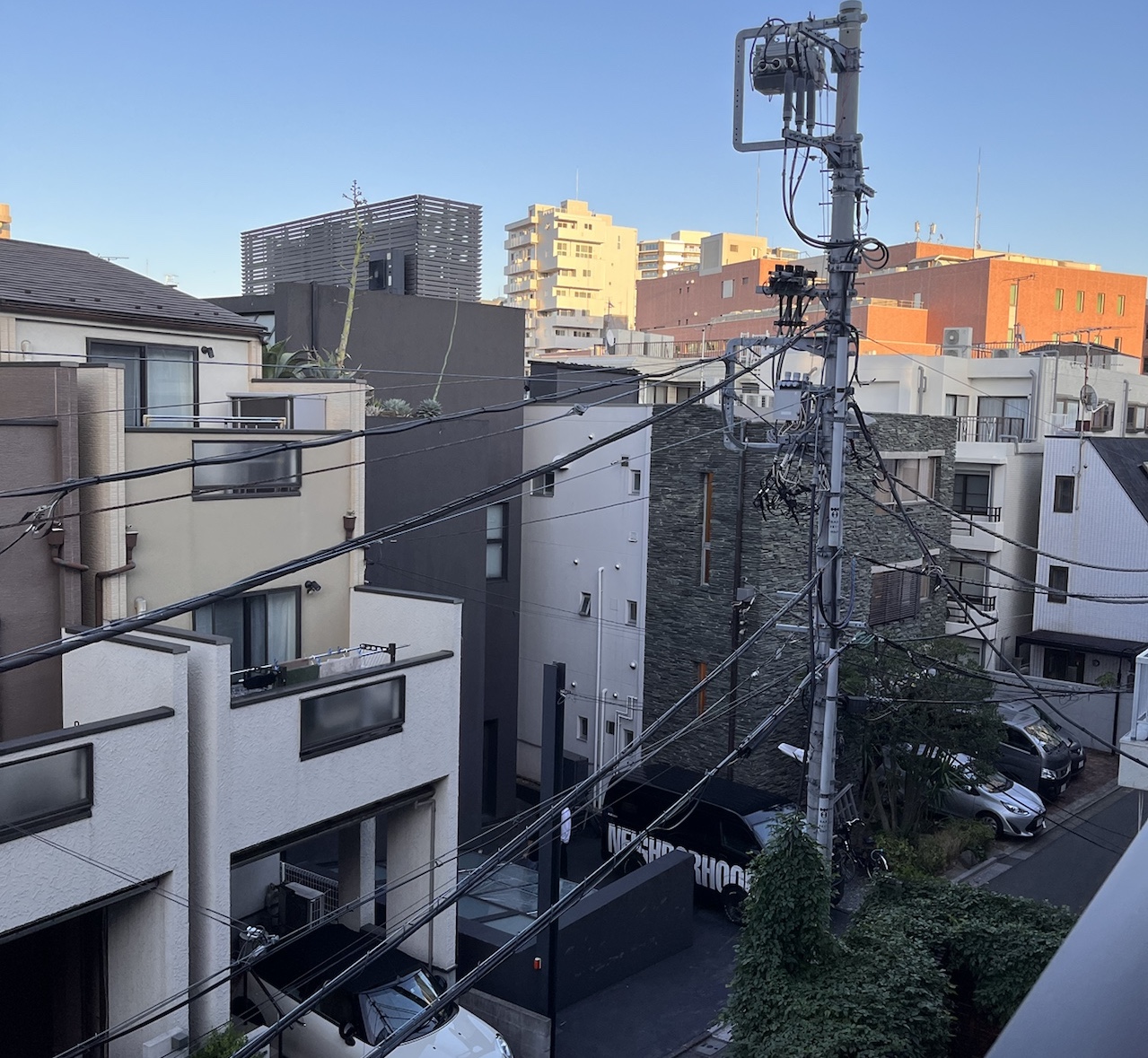
A mix of residential and commercial areas, known for the National Noh Theatre and proximity to the Shinjuku Gyoen National Garden.
Hiroo
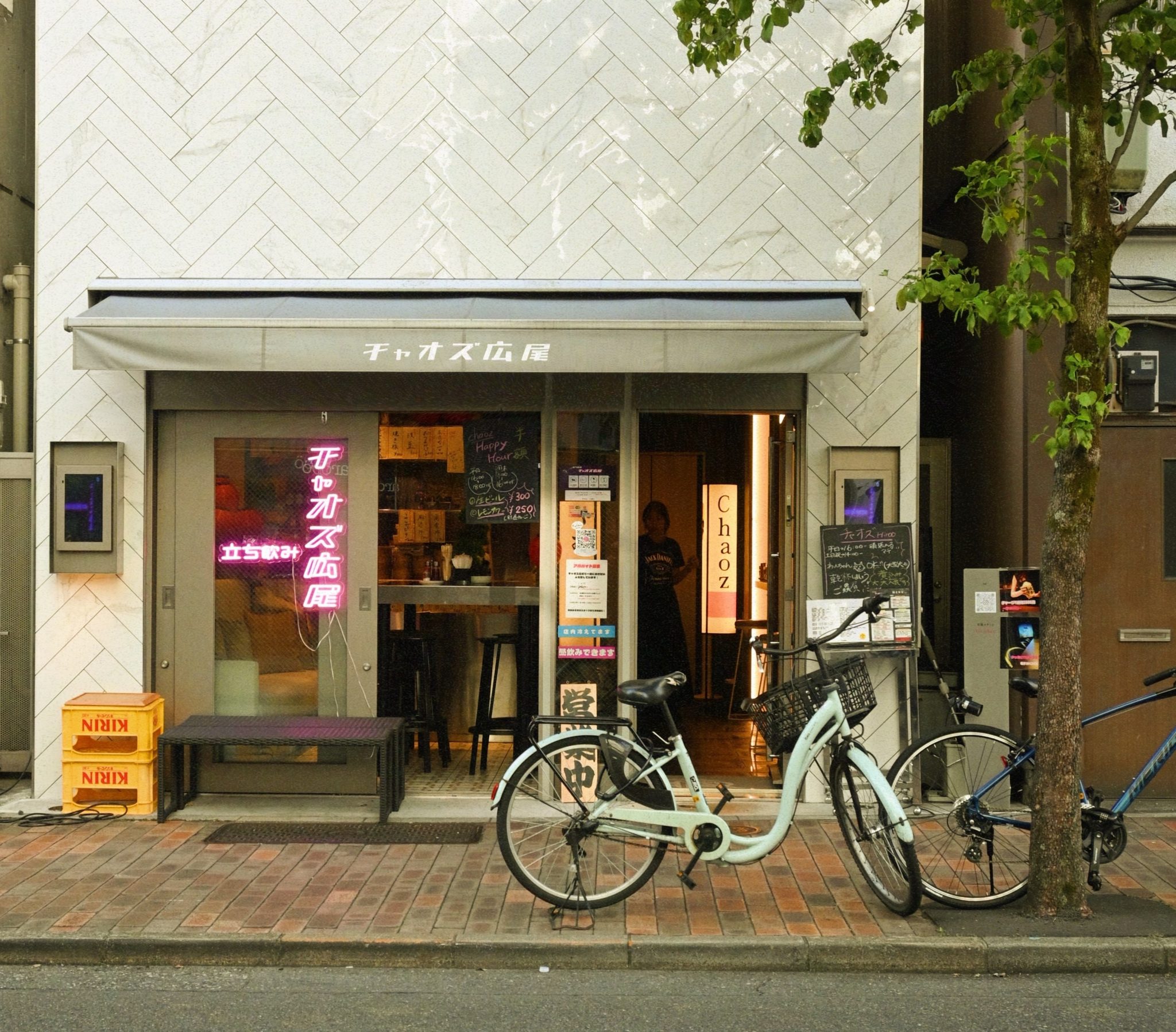
Hiroo is a cool, upscale neighbourhood in Tokyo, with a friendly international feel. It’s a place where you can find lots of different cuisines and interesting shops. The streets are pretty and calm, making it a nice spot to take it easy in the middle of the city. It’s also a hit with expat families, thanks to some really good international schools.
What to see and do in Shibuya
From the tranquil beauty of Meiji Jingu Shrine to the trendy streets of Harajuku and Omotesando, Shibuya has a lot of contemporary buzz going for it. It’s a place where one can witness the latest trends in youth culture, enjoy diverse shopping experiences, and explore serene parks and cultural landmarks. Shibuya is also the place for the coolest and latest desserts and colourful creations. If it’s new, chances are, you will find it in Shibuya first. Here are some top attractions and activities that showcase the best of Shibuya.
Shibuya Crossing
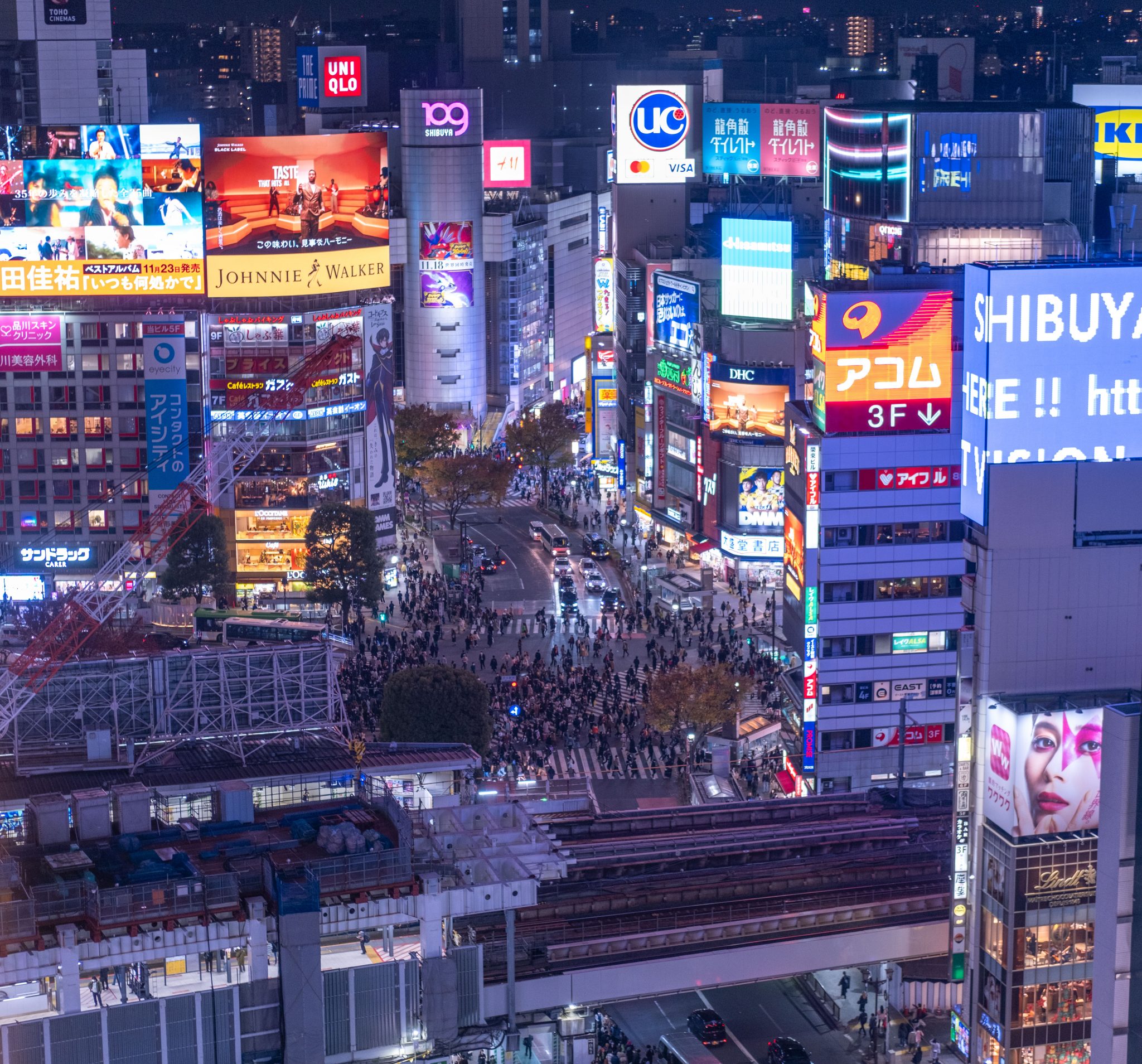
Famous for being one of the busiest pedestrian crossings in the world, Shibuya Crossing is a must-see for its sheer scale and energy. When the traffic lights turn red, all directions stop, and a flood of pedestrians fill the intersection, creating a unique spectacle. It’s one of the top attractions in Tokyo!
There are many places to experience Shibuya Crossing from. Wait at the light, cross it with the rest of the people, or head to the many observatories nearby to photograph it from above.
Hachiko Statue
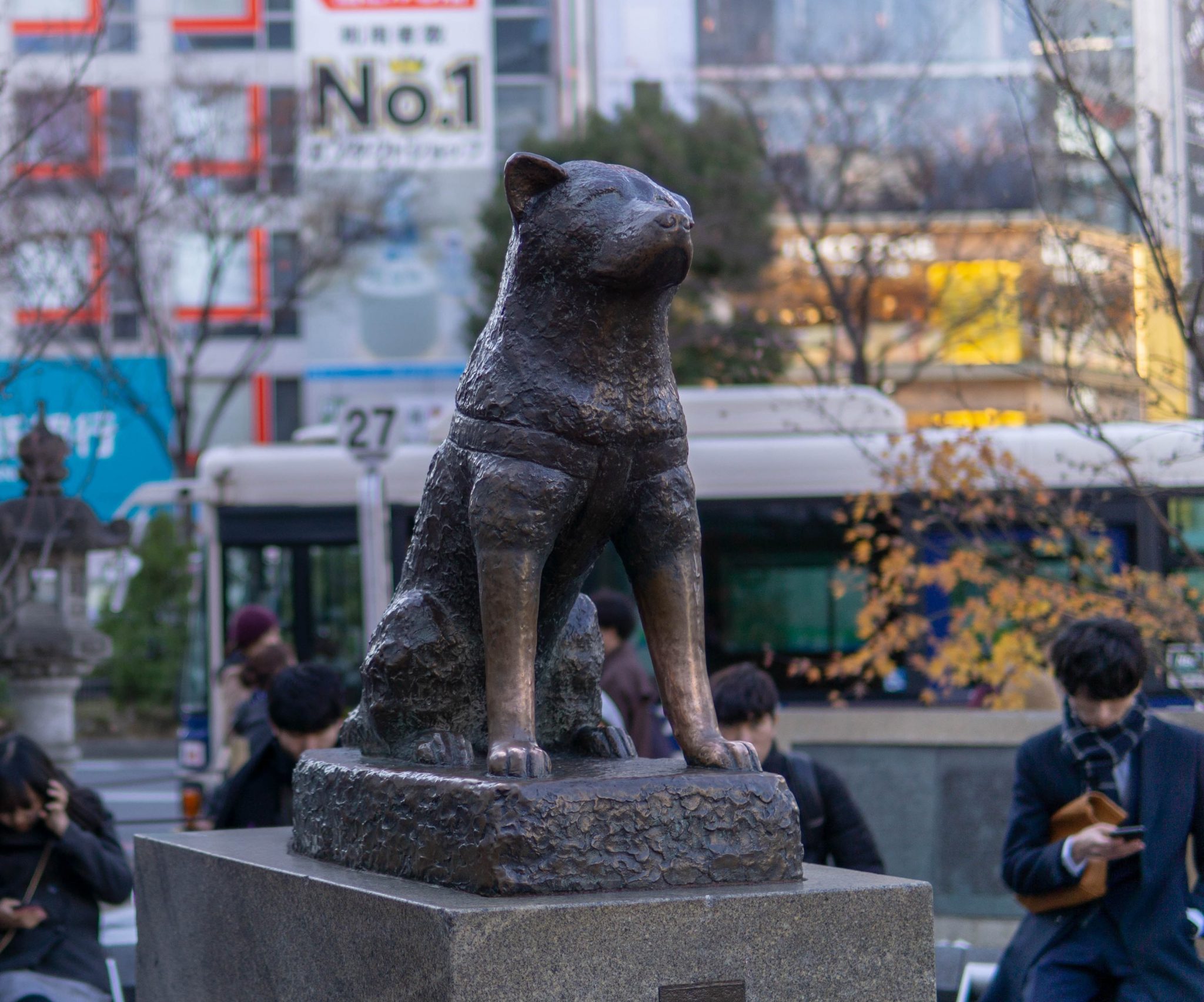
The Hachiko Statue is a famous landmark located outside Shibuya Station in Tokyo. It commemorates Hachiko, an Akita dog known for his remarkable loyalty. Hachiko waited for his owner at the station every day, even long after his owner had passed away. This story has made Hachiko a symbol of loyalty in Japan. The statue is not only a tribute to Hachiko but also a popular meeting point in the bustling area of Shibuya. It’s a significant spot for both locals and tourists, often featured in photos and social media.
Centre Gai
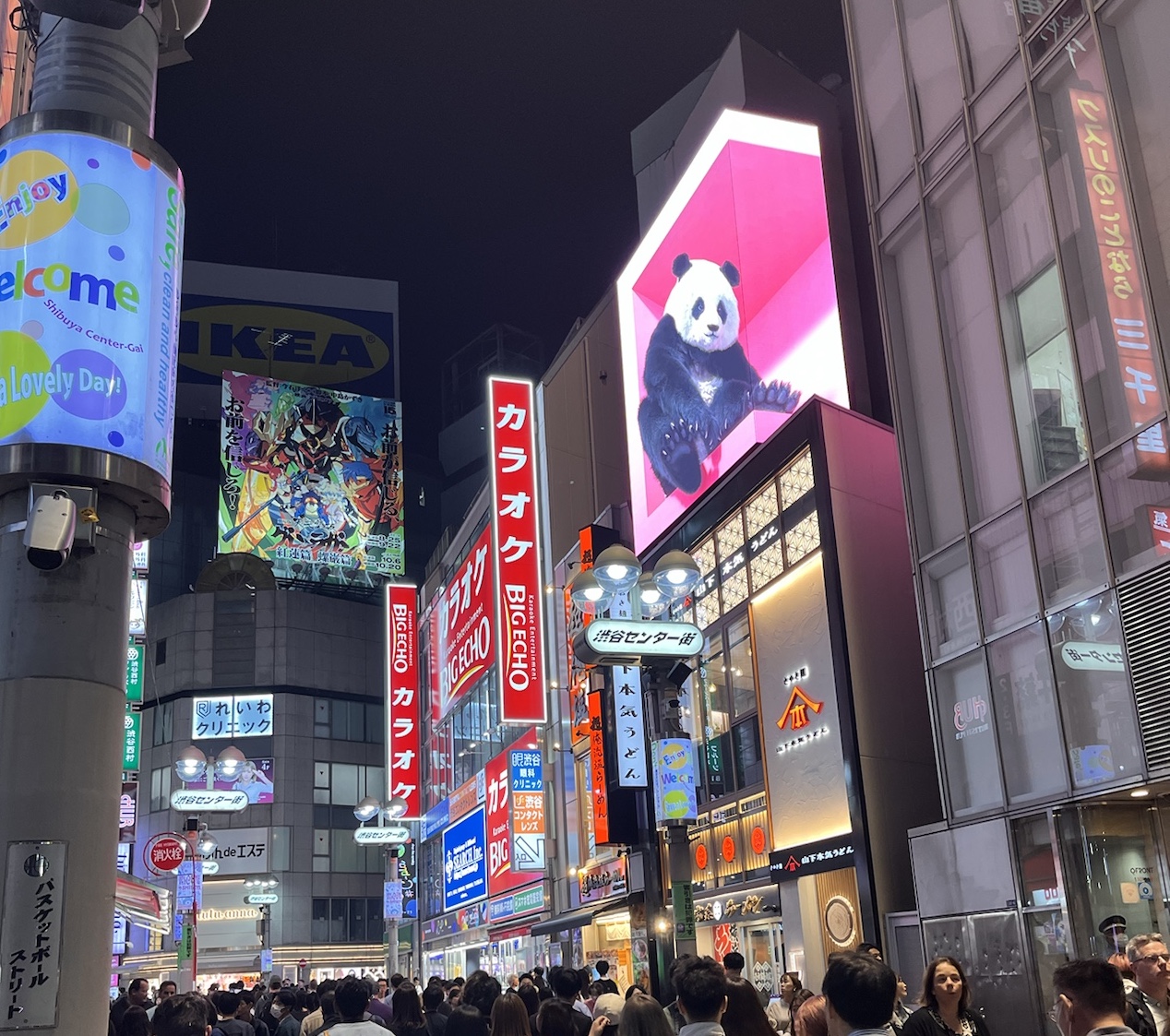
Center Gai is a hub of youth culture and fashion and a must when you visit Shibuya. This narrow, bustling street is mainly known for unique clothing stores and vintage shops, attracting fashion-forward youths. Center Gai is also home to various casual dining spots, from fast food to local Japanese cuisine. At night, the area is alive with neon lights and lively crowds, reflecting Tokyo’s vibrant urban energy. It’s a popular spot for both locals and tourists.
Shibuya Sky
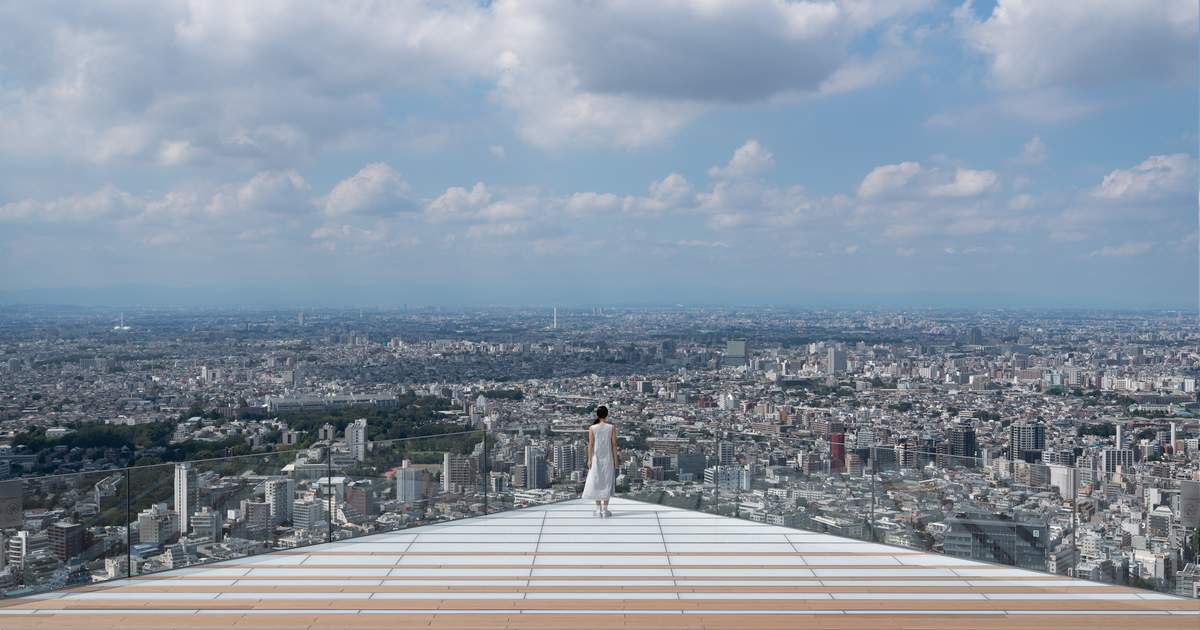
For breathtaking panoramic views of Tokyo, Shibuya Sky is a must-visit. Located atop the Shibuya Scramble Square building, it offers a 360-degree view of the city, ideal for photography. On clear days, you can see Mount Fuji from the top. It’s a relatively new addition to the area but has been an instant hit with tourists.
Nonbei Yokocho
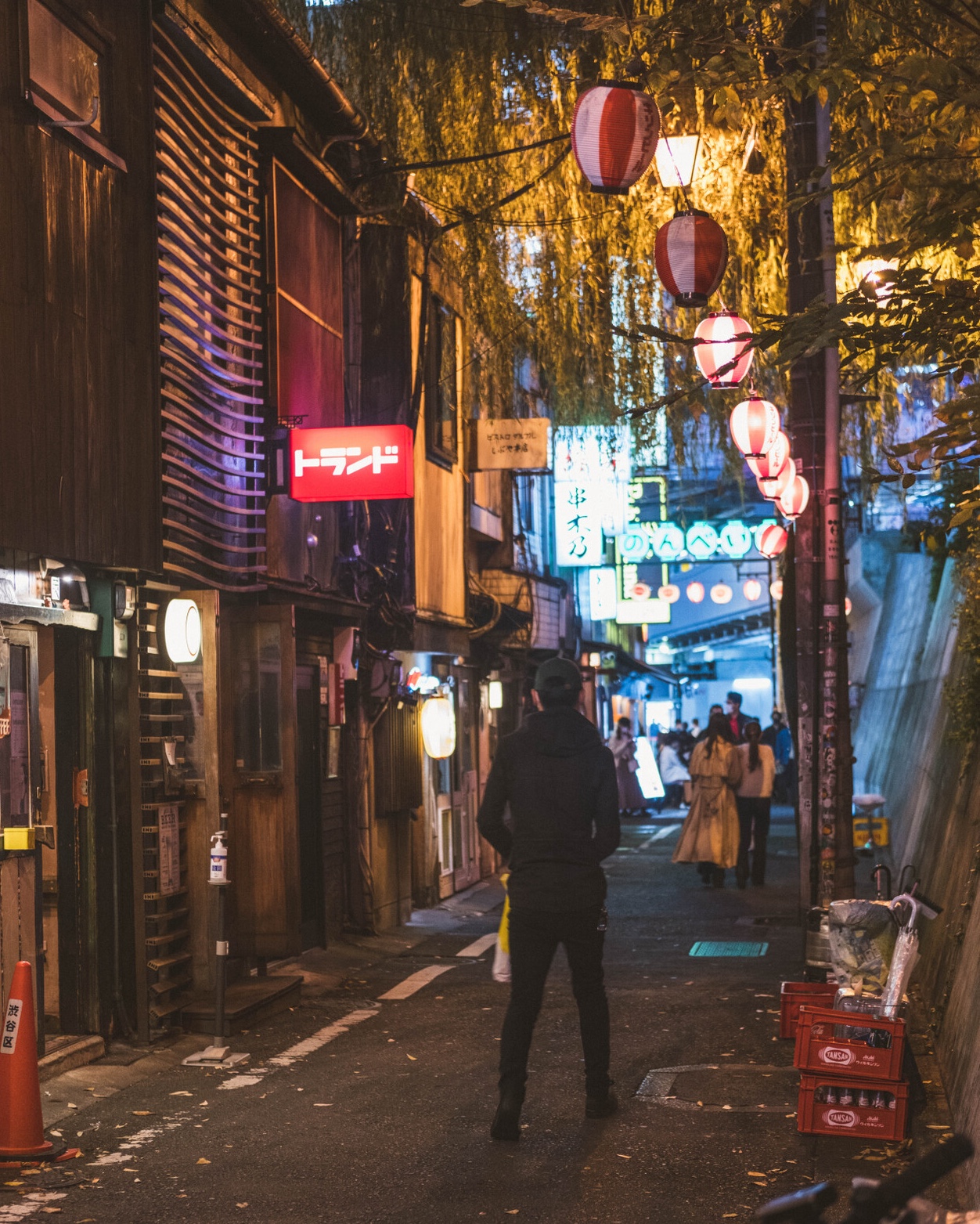
Translating to ‘Drunkard’s Alley’, this narrow lane is lined with tiny, traditional Japanese bars and eateries. It offers an intimate experience of Tokyo’s drinking culture in a quaint, Showa-era setting. Experience traditional Japanese bars and eateries, often just big enough for a handful of customers. This spot offers an intimate and authentic experience of Tokyo’s nightlife. Each establishment in Nonbei Yokocho has its own unique character, often reflecting the personality of the owner.
Meiji Jingu Shrine
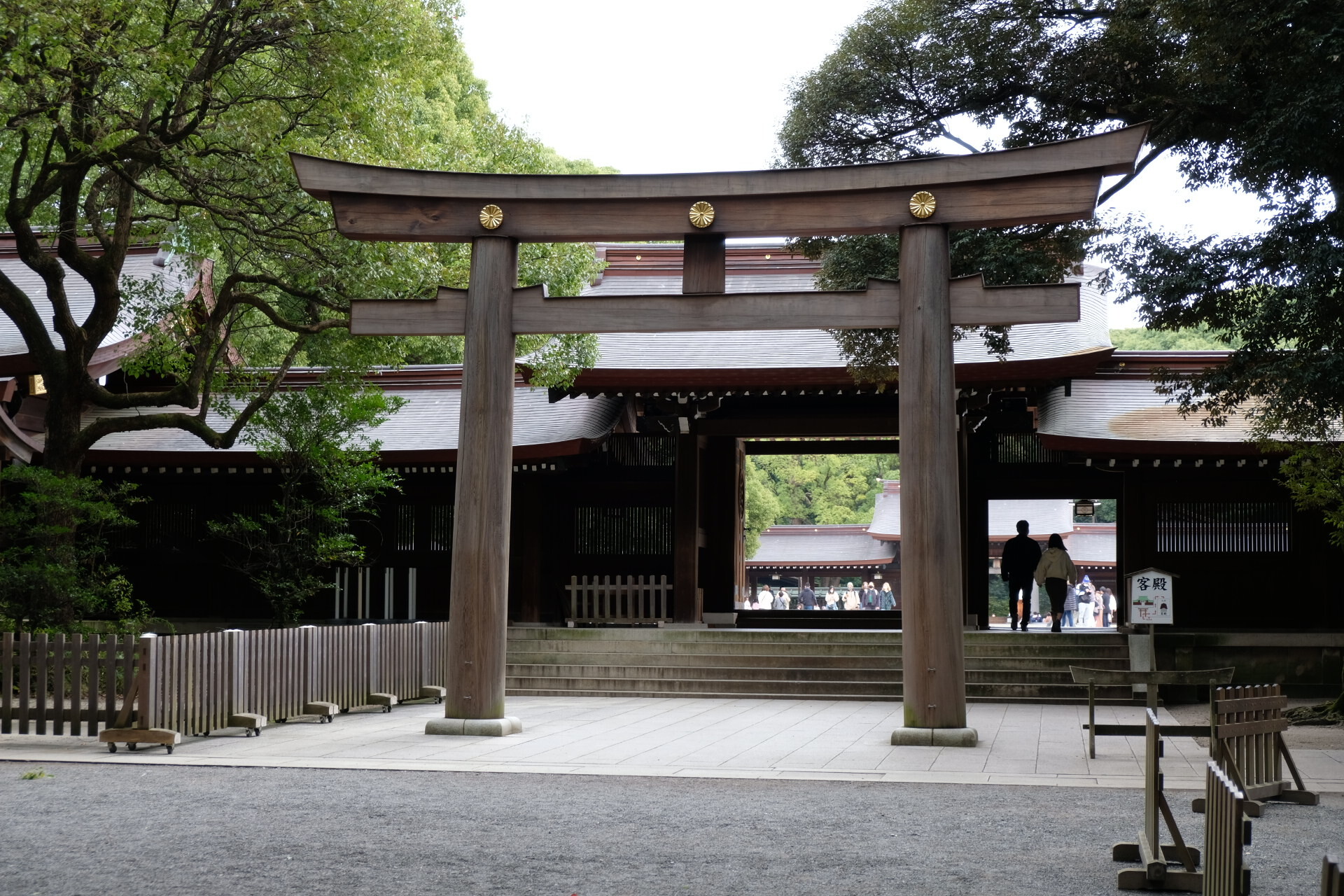
Nestled in a forested area, this Shinto shrine is dedicated to Emperor Meiji and Empress Shoken. Its serene atmosphere provides a stark contrast to the nearby bustling streets of Shibuya, offering a peaceful retreat and a glimpse into traditional Japanese culture. There is no entry fee to see Meiji Jingu. Bring some cash to be able to purchase an ema and omamori.
Yoyogi Park

Yoyogi Park, near Harajuku and Shibuya in Tokyo, is a large and popular urban park. It’s known for spacious lawns, forested areas, and seasonal beauty, like cherry blossoms in spring. The park is a hub for outdoor activities, cultural events, and local bands practising outdoors. There are picnic areas, facilities including small shops and toilets as well as dog playing grounds.
Harajuku Takeshita Street
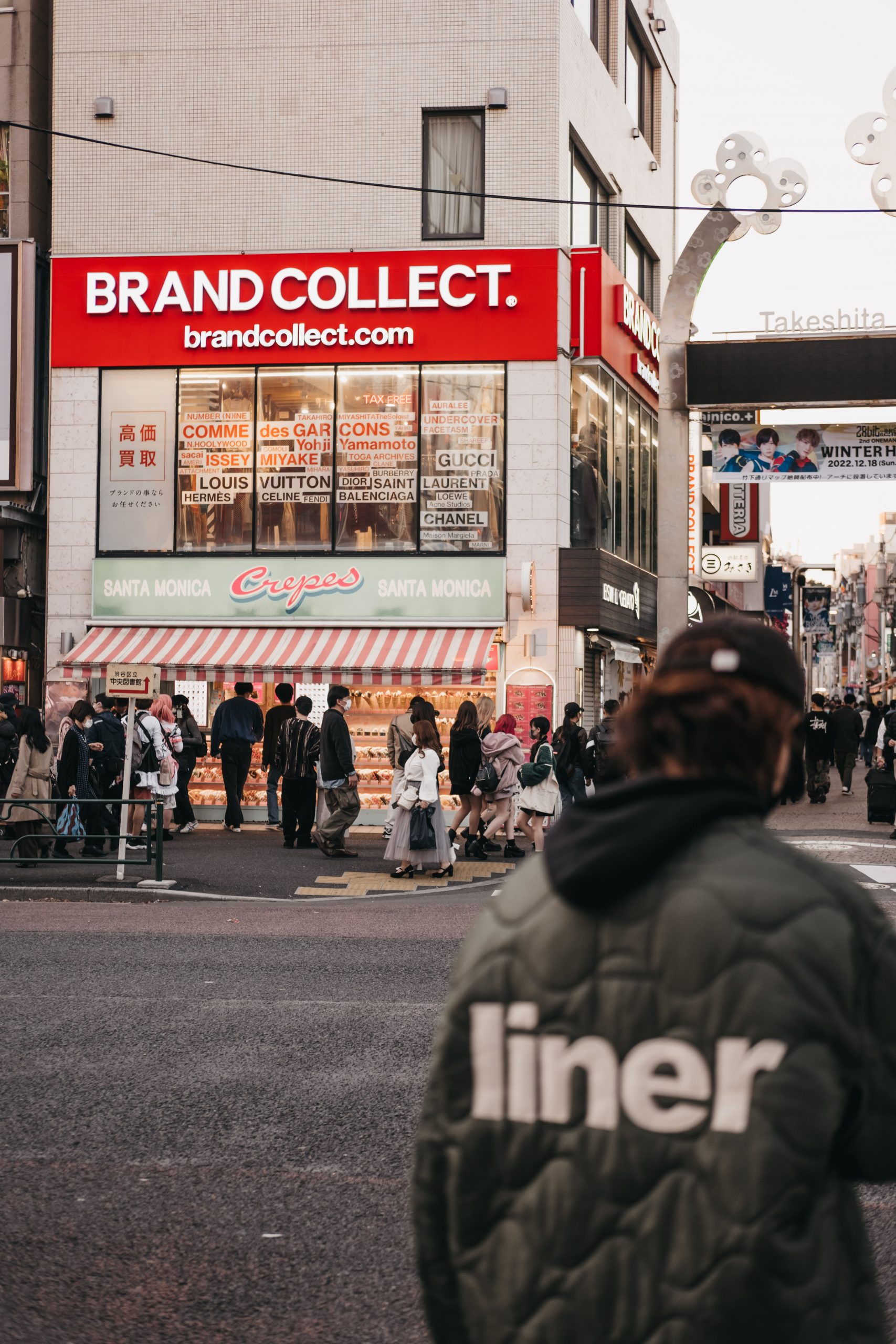
The narrow street is lined with trendy boutiques, vintage clothing stores, quirky souvenir shops, and cafés (including numerous animal cafés). It’s particularly renowned for its Harajuku-style fashion, which includes a mix of gothic, punk, and kawaii (cute) elements. The street is always crowded with fashion-conscious teens and tourists. Takeshita Street also offers a variety of street food and sweet treats, like rainbow cotton candy and crazy pancakes filled with sweets.
Omotesando
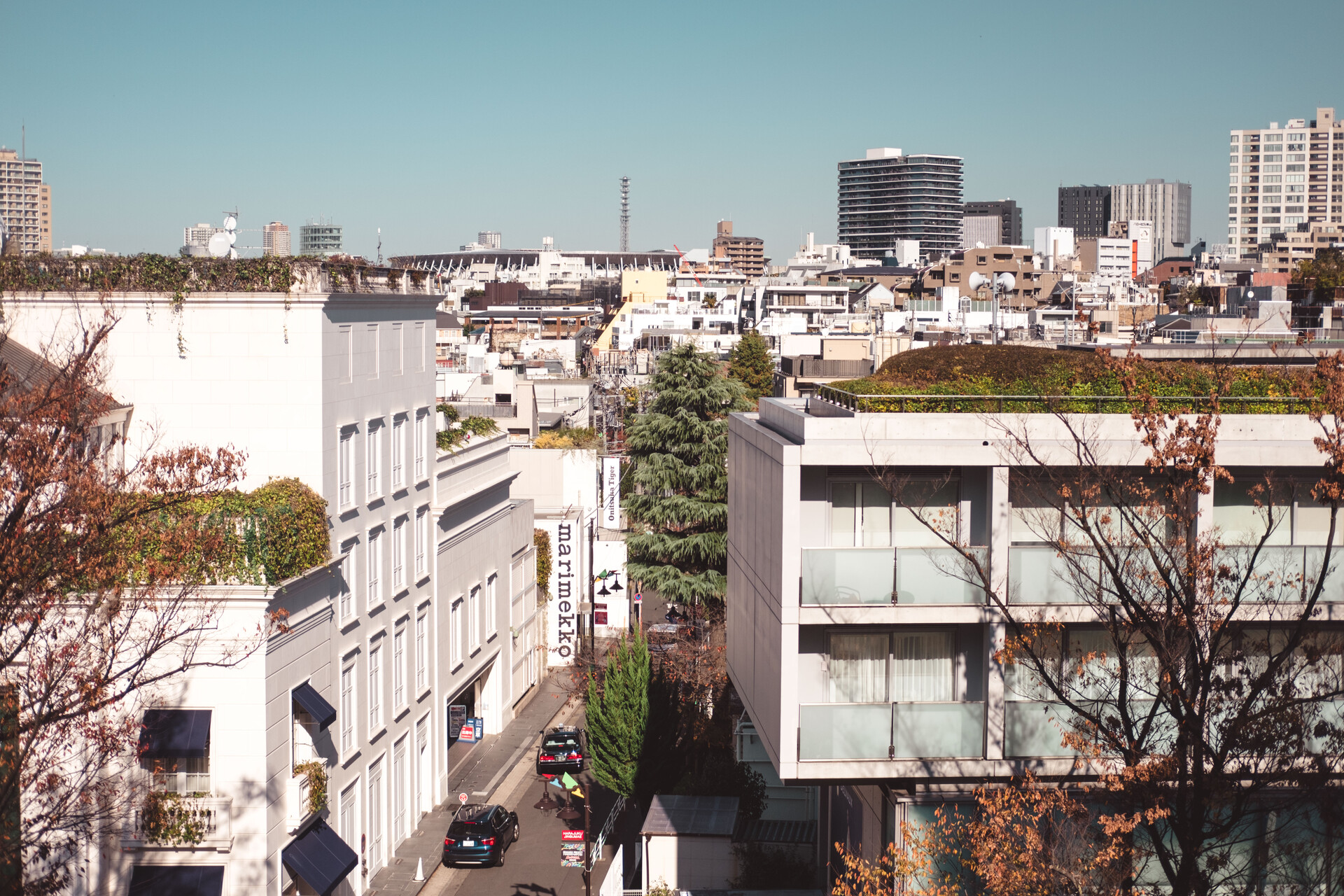
Omotesando is a prominent avenue in Tokyo, often described as Tokyo’s Champs-Élysées. It’s home to upscale boutiques, designer stores, and sophisticated architecture. The street stretches from Harajuku Station to Omotesando Station, and is lined with zelkova trees, making it a beautiful walk, especially in autumn. The area is also home to several high-end cafés and restaurants, including the ever popular Ralph’s Coffee. It’s a popular destination for those looking for high fashion, luxury brands, and architectural elegance in Tokyo.
Love Hotel Hill
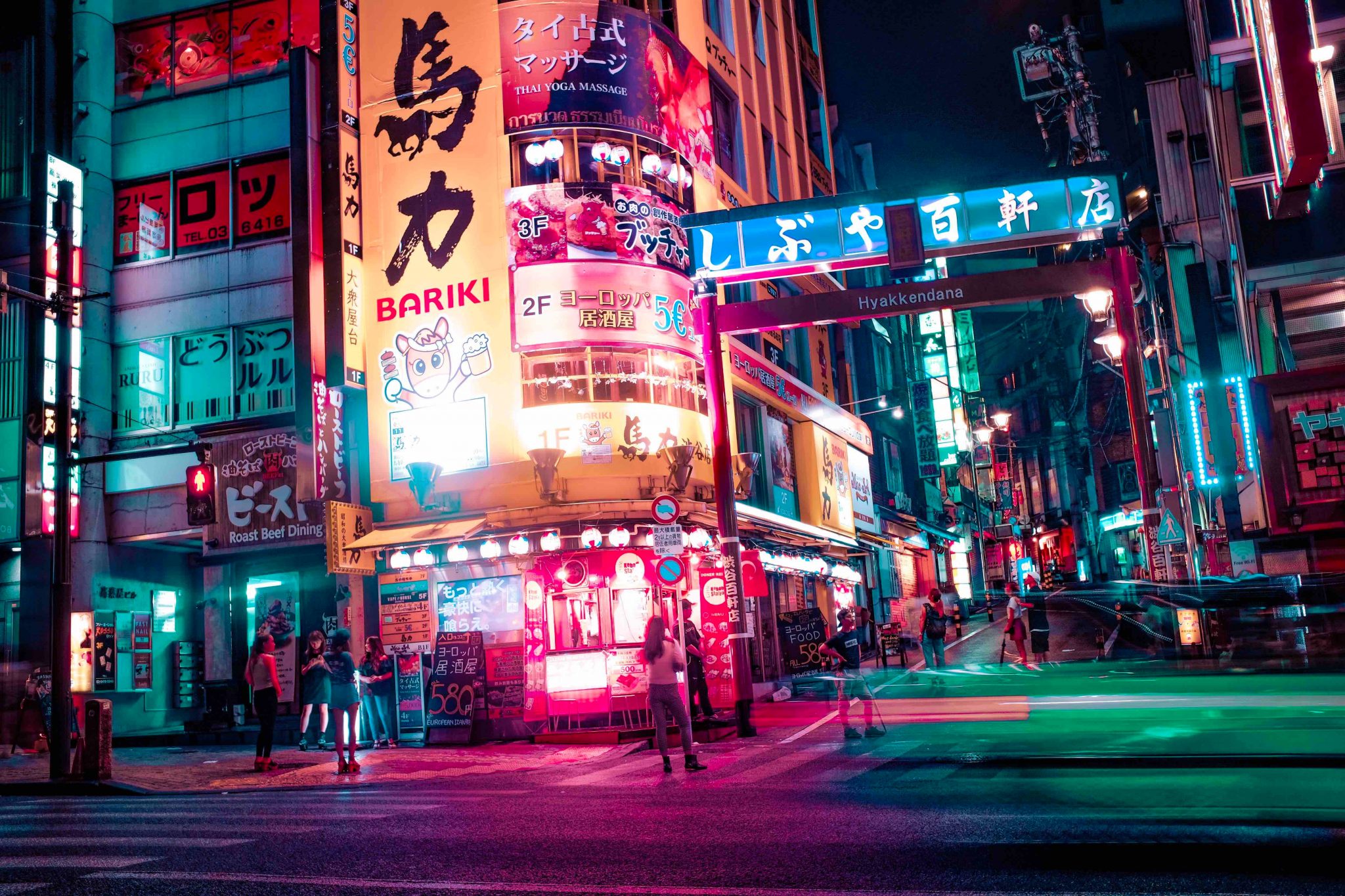
Love Hotel Hill in Dogenzaka, is an area known for its concentration of love hotels. These hotels are designed for couples and offer privacy and anonymity, often with uniquely themed rooms and various amenities. The area gained its name due to the high number of these hotels clustered together. While primarily catering to couples seeking a discreet escape, Love Hotel Hill has also become a curiosity for tourists, showcasing a unique aspect of Tokyo’s urban landscape.
Cat Street
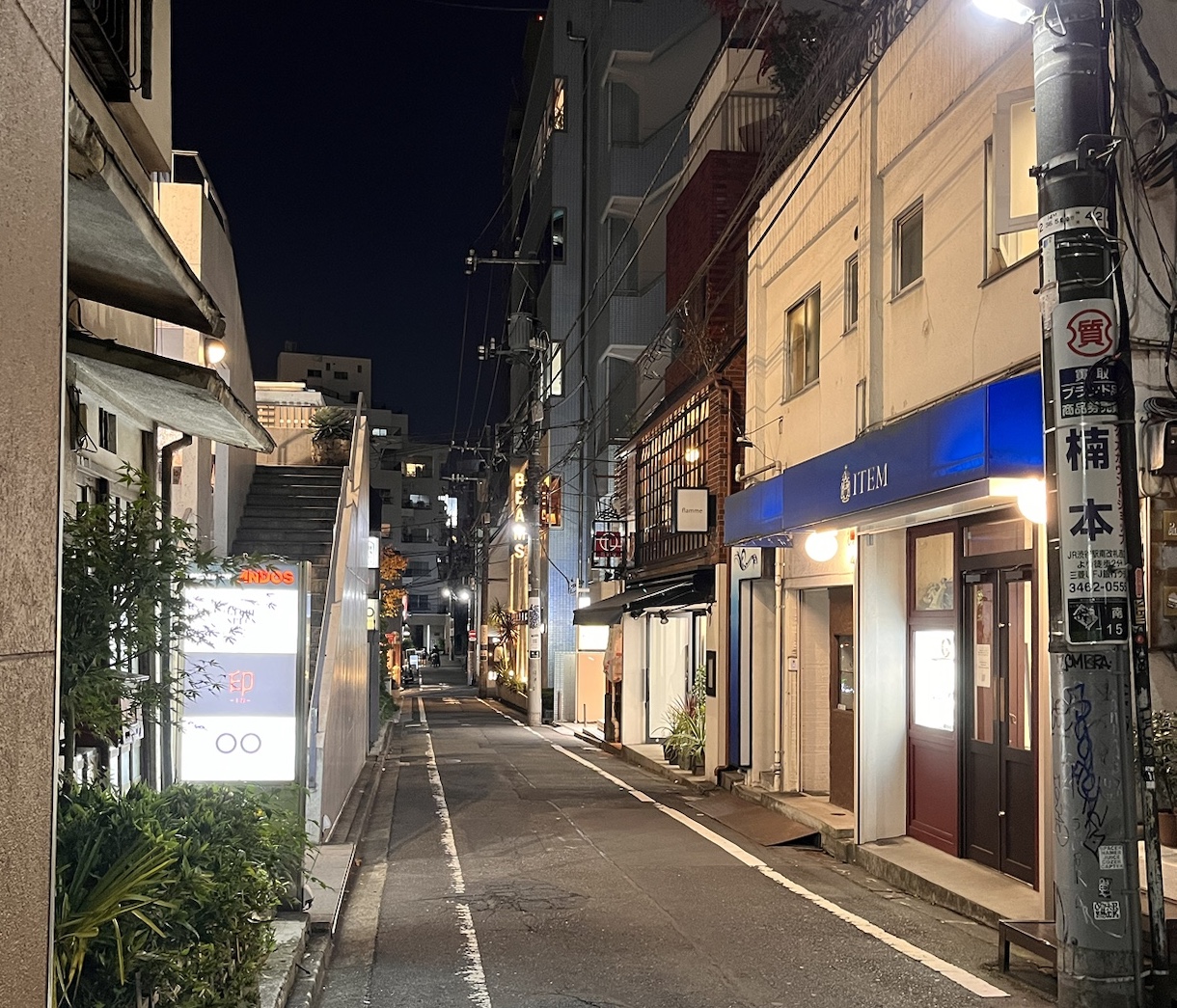
Shibuya Cat Street, stretching about 800 meters between Shibuya and Harajuku, is a fashionable and relaxed shopping street. Cat Street attracts a more mature crowd than Takeshita Street yet it’s still home to an abundance of international brands, similar to the parallel avenue, Omotesando. Cat Street is ideal for those interested in great shopping in Shibuya.
Spain Slope
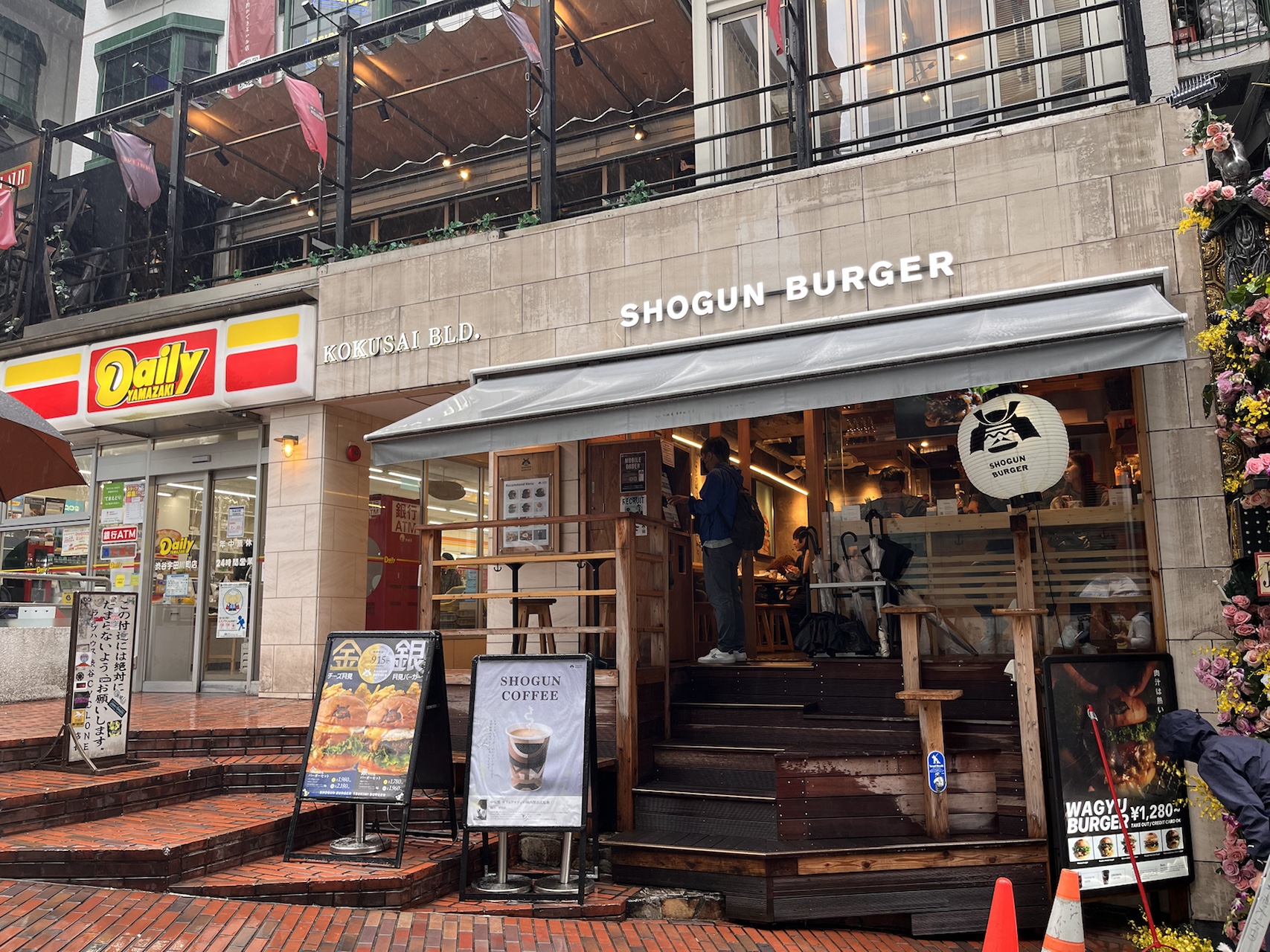
Spain Slope, or “Supeinzaka” in Japanese, is a charming, narrow pedestrian street in Shibuya. It gets its name from its supposed resemblance to a Spanish street, with a European vibe. The slope is lined with shops, cozy cafés, and small eateries, adding to its distinctive character. Although not very long and often overlooked by tourists, Spain Slope is a great place to explore in Shibuya.
Daikanyama
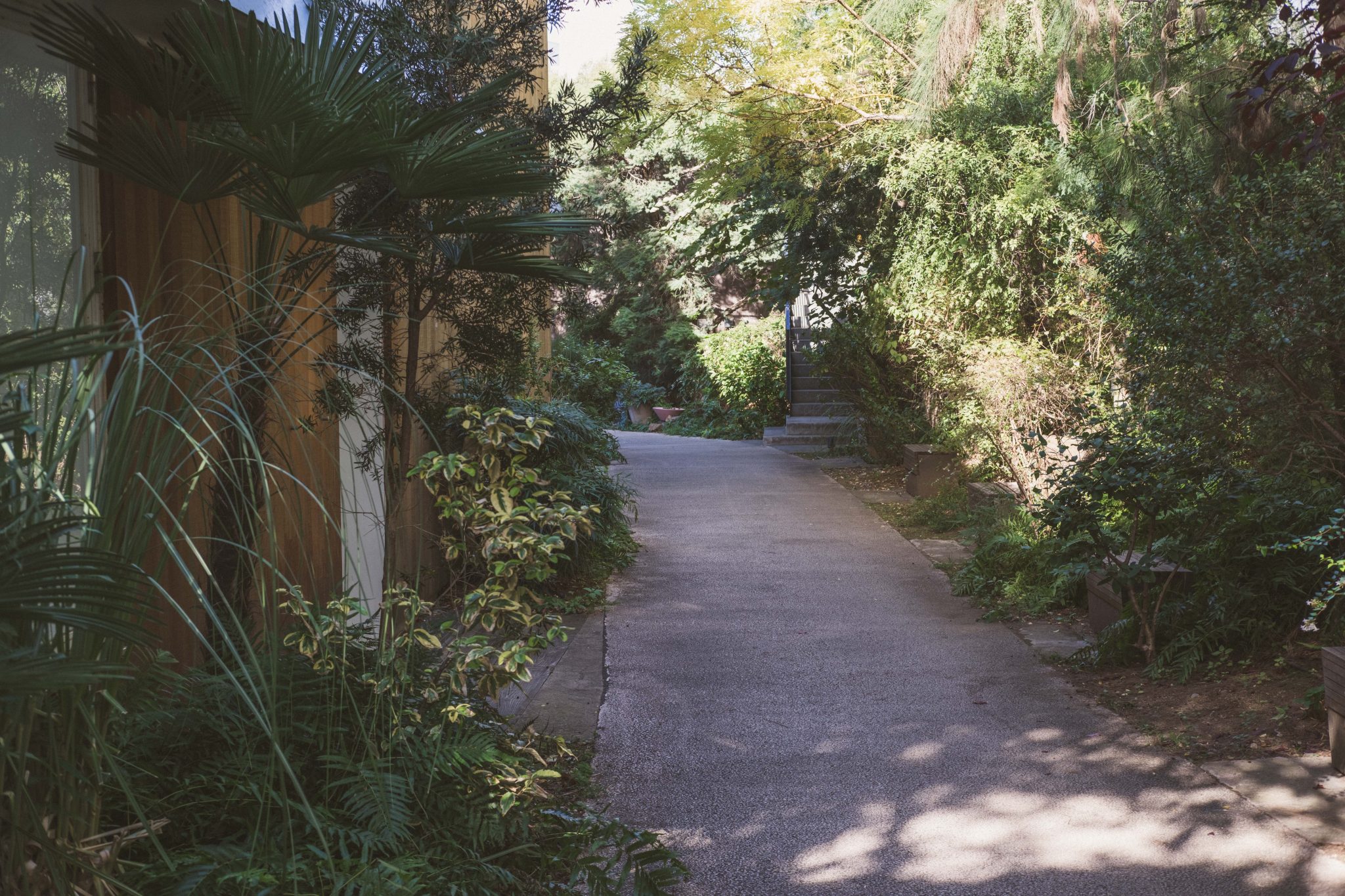
Daikanyama is a tranquil and upscale neighbourhood in Tokyo. The area is renowned for the Daikanyama T-Site, an architectural marvel housing the famous Tsutaya bookshop. Don’t miss the 220m long Log Road, start your visit with a craft beer at Spring Valley Brewery, located right at the entrance.
Miyashita Park
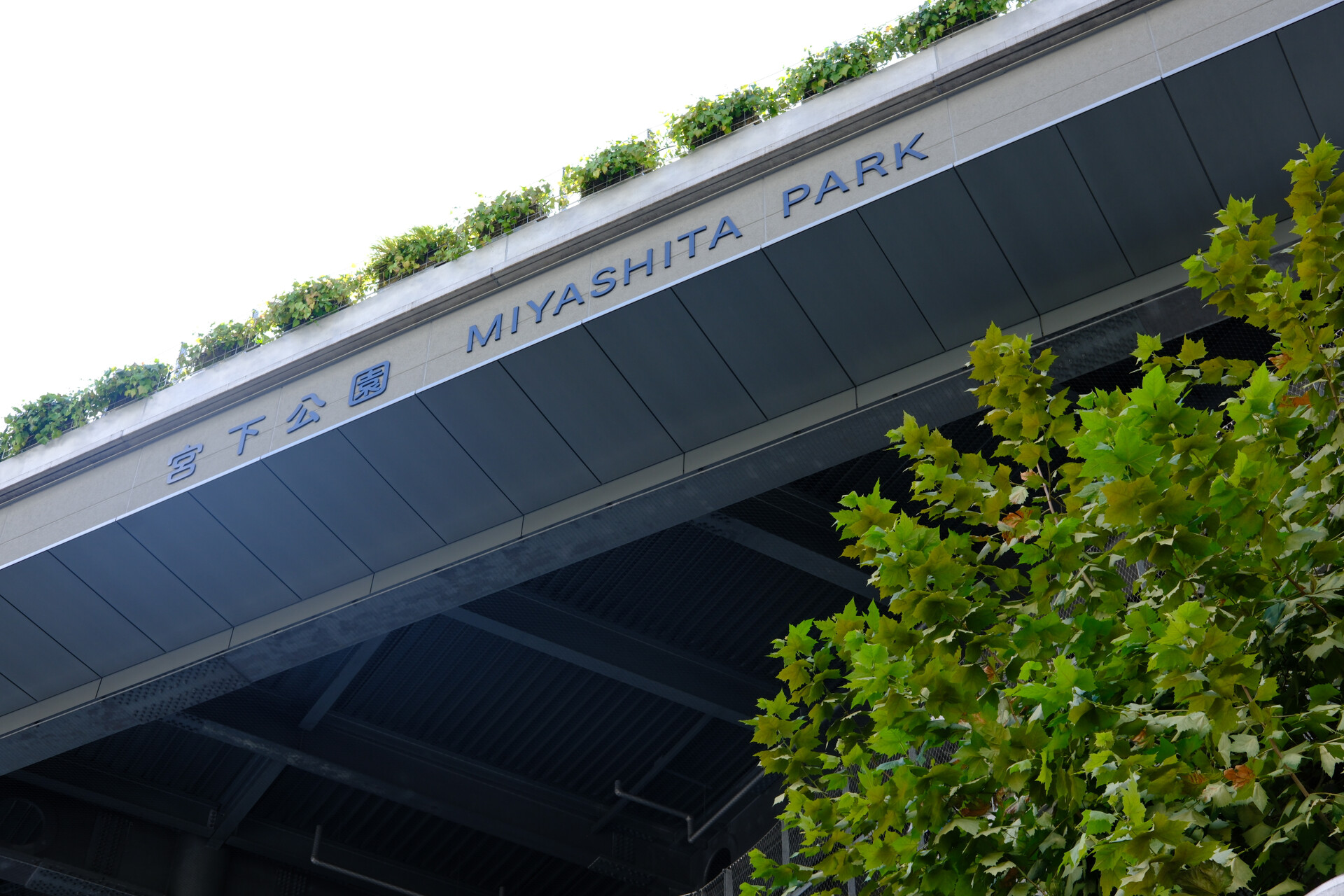
Miyashita Park, a newly revitalized urban space in Tokyo, is an innovative blend of park and commercial complex. It features sports facilities like a skate park and bouldering wall, alongside a variety of shops and restaurants. The park includes landscaped areas with plants and trees, providing a refreshing contrast to the surrounding cityscape. There are usually many pop-events happening at the top of Miyashita Park.
Shopping in Shibuya
Shibuya is a shopping paradise, offering a wide range of options from fashion to unique gadgets and lifestyle products. Shop for youthful fashion in Shibuya 109, get a fancy new outfit from Seibu or explore the new Shibuya Scramble Square. There is BIC Camera for electronics and gadgets, as well as a Loft and Donki for souvenirs. Here’s a guide to some of the top shopping destinations in Shibuya.
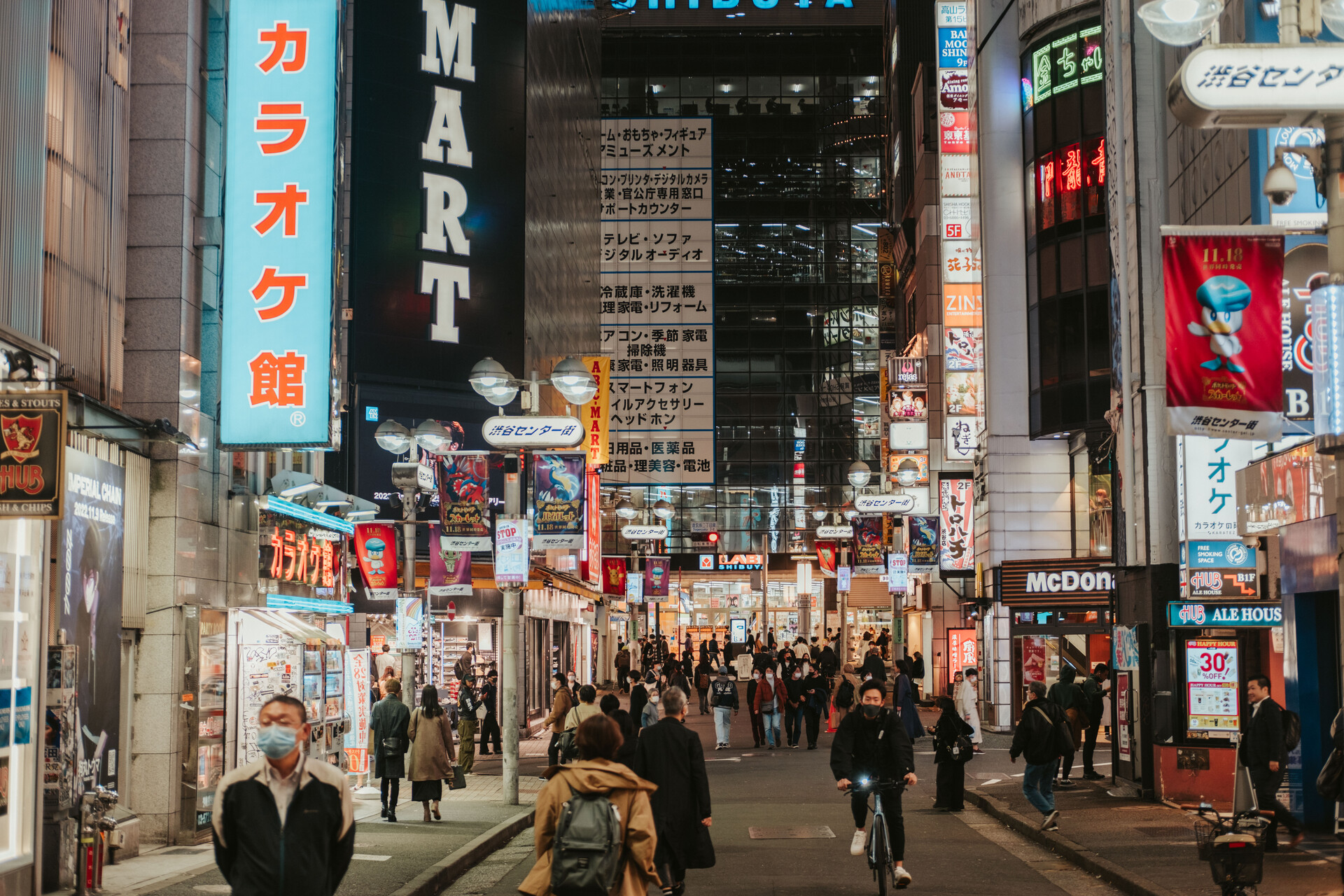
Shibuya 109
Hours: 10:00 to 21:00
Restaurants: 11:00 to 22:00
Shibuya 109 stands as a prominent landmark in Shibuya, known for its distinctive cylindrical architecture and status as a fashion epicenter, especially for young women. This department store hosts a myriad of shops that cater to the latest trends in Japanese youth fashion. Brands inside Shibuya 109 often reflect the unique, sometimes avant-garde styles popular among Tokyo’s younger generations, ranging from casual wear to more elaborate and fashion-forward outfits.
Shibuya Scramble Square
Hours: 10:00 to 21:00
Restaurants: 11:00 to 23:00
Observation Deck Hours: 10:00 to 22:30
Shibuya Scramble Square, standing tall as one of Shibuya’s most prominent landmarks, offers an extensive shopping experience in a modern, sophisticated setting. This towering skyscraper, directly connected to Shibuya Station, features a diverse array of shops spanning fashion, lifestyle, and technology. The highlight is its rooftop observation area, Shibuya Sky, providing a stunning view of the city
Shibuya Hikarie
Hours: 11:00 to 21:00
Restaurants: 11:00 to 23:00
Known for its sleek design, Shibuya Hikarie is a shopping complex with a focus on fashion, cosmetics, and accessories, primarily catering to a more mature and sophisticated clientele. It also houses cultural facilities like theatres and galleries. Shibuya Hikarie has an observatory on the top floor from where you cna take amazing photos of Shibuya Crossing.
Shibuya Stream
Hours: 07:00 to 23:30
A relatively new development along the Shibuya River, this complex combines shopping with dining and entertainment. It’s home to fashion stores, outdoor gear shops, and cafés, appealing to a hip, young crowd. This is a new addition part of the Shibuya rehabilitation plan. Don’t miss the Shibuya Streamline for lots of restaurants.
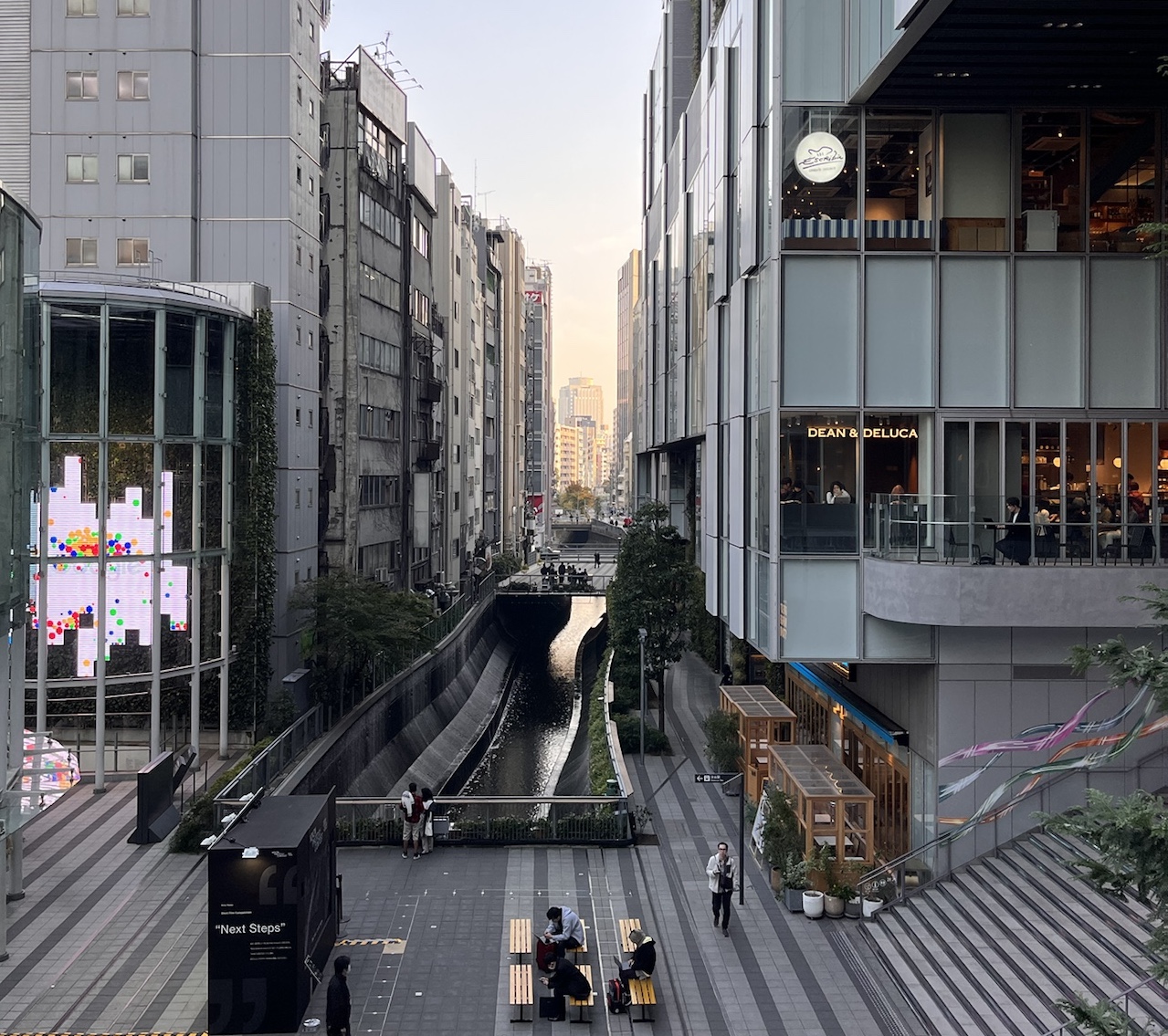
Seibu
Hours: 10:00 to 20:00
Restaurants: 11:00 to 22:00
A large department store in Shibuya, Seibu offers a wide range of items, from luxury brands to everyday goods. The clothing selection spans from high fashion to casual wear, catering mainly to a more mature, luxury clientele.
Loft
Hours: 11:00 to 21:00
Loft in Shibuya is a go-to place for lifestyle goods, stationery, home decor, and unique gifts. It’s particularly renowned for its extensive selection of high-quality Japanese stationery and quirky gadgets. It’s ideal for those interested in Japanese souvenirs.
Parco
Hours: 11:00 to 21:00
Restaurants: 11:30 to 23:00
Shibuya Parco is a fashion and culture complex known for its eclectic mix of stores. Here, you’ll find cutting-edge fashion, pop culture goods, and a variety of dining options, making it popular among the youth. Don’t miss the rooftop for epic views of Shibuya.
Miyashita Park
Hours: 11:00 to 21:00
Restaurants: 11:00 to 23:00
This multi-purpose complex combines shopping, sports facilities, and a park. The shopping area offers a range of casual clothing, sports gear, and trendy streetwear, along with various dining options. There are almost always pop-up events happening at the top floor.
Tokyu Hands
Hours: 10:00 to 21:00
An all-in-one store for DIY, crafts, home goods, and novelty items, Tokyu Hands in Shibuya is a wonderland for creative minds and hobbyists. It’s a great place to find unique souvenirs and practical items. It’s ideal for greeting cards and postcard as well as cosmetics and Japanese themes puzzles.
Don Quijote Shibuya
Hours: 24/7
This discount chain store, also known as Donki, is a treasure trove of goods ranging from electronics and cosmetics to snacks and everyday items. It’s known for its affordable prices and wide selection, making it a popular spot for both locals and tourists.
Shibuya Mark City
Hours: 10:00 to 21:00
Restaurants: 11:00 to 23:00
Conveniently connected to Shibuya Station, this complex offers a variety of stores selling clothes, accessories, and daily goods. It’s a great place for quick and convenient shopping, especially if you’re near the station.
BIC Camera
Hours: 10:00 to 22:00
BIC Camera Shibuya has an extensive range of electronic goods, from cameras and laptops to home appliances and audio equipment. The store is renowned for its competitive prices and tax-free shopping options for international visitors.
Where to eat in Shibuya
Whatever food and dishes you fancy, chances are, Shibuya has it all. You’ll find international restaurants with foreign menus, cosy izakayas with yakitori and great drinks as well as fancy steak places that overlook the city. There are plenty of mid-range options for traditional Japanese food too, including sushi, ramen and tonkatsu. Here are some of the top restaurants to add to your list.
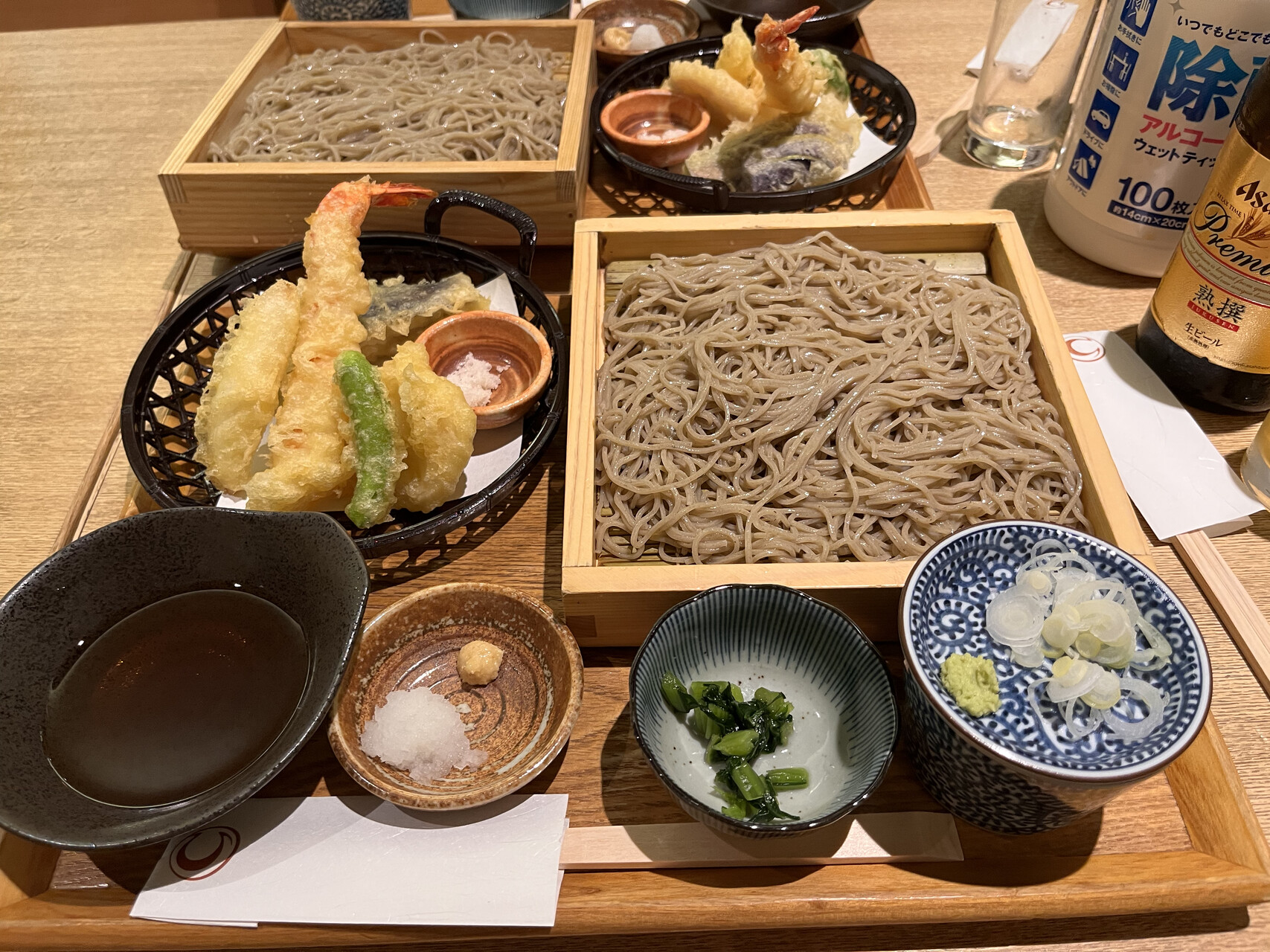
Sushi
- Uobei Shibuya Dogenzaka – Known for its high-speed sushi service, this conveyor belt sushi restaurant offers a fun and affordable dining experience. You order via a touchscreen and the sushi is delivered directly to your table on a mini shinkansen train. It does get very busy at times, so do plan ahead and expect some waiting times.
- Katsu Midori – Known as one of the best kaitenzushi (conveyor belt sushi) restaurants in Tokyo, Katsu Midori offers a great variety of sushi at reasonable prices, with a focus on fresh and high-quality ingredients. It offers high-quality sushi that is budget-friendly.
Ramen
- Ichiran Ramen – The most famous tonkotsu (pork bone broth) ramen in the whole of Tokyo, Ichiran provides a unique dining experience where you enjoy your ramen in individual booths, focusing solely on the flavour of your meal. Queues can be as long as 90-120 minutes so do plan for the waiting times.
- Afuri – An innovative yuzu-infused ramen, Afuri offers a lighter and more citrusy take on the traditional ramen. The broth is refreshing and a great option for those looking for something different from the usual ramen fare. Arrive just after lunch time or before dinner to skip the long queues.
Izakaya
- Nonbei Yokocho – Enjoy all the tiny bars and eateries serving a variety of Japanese food, from yakitori (grilled chicken skewers) to traditional izakaya-style dishes. It’s great for experiencing Tokyo’s unique small-bar dining culture.
- Ebisu Yokocho – Casual back alley packed with bars & fast-food restaurants. Many salarymen stop here before heading home after a long day at work.
High-end Restaurants
- Gyukatsu Motomura – This popular restaurant specializes in gyukatsu, breaded and deep-fried beef cutlets. The beef is tender and cooked to perfection, served with a variety of sauces and sides.
- Top floor Shibuya Hikarie – The dining floors in this skyscraper offer a variety of options, from casual cafes to upscale restaurants. It’s a convenient spot for a meal with a view of the Shibuya area.
- Arossa – Australian restaurants that specialises in all sort of meats, including kangaroo, ostrich, and crocodile.
- Yebisu Garden Place Tower – Top of Ebisu offers some stunning dinning options with incredible views. Almost all restaurants located on the 38th and 29th floors will require reservations in advance.
- Omotesando Hills – This upscale shopping complex has a range of dining options including international like Italian and French as well as local Japanese cuisine.
- Han-no-daidokoro bettei – Korean BBQ with high end steak options as well as Korean snacks. There are all you can drink packages available.
- Gonpachi Shibuya – The Japanese restaurant for delicious soba. The restaurant sells other dishes too, like yakitori and sashimi.
Desserts
- Totti Candy Factory – Known for its huge, colourful cotton candy, Totti Candy Factory is a favourite among both kids and adults. Their rainbow cotton candy is not only delicious but also very Instagram-worthy.
- Santa Monica Crepes – Another popular spot for crêpes on Takeshita Street, Santa Monica Crepes has been serving a wide array of crepes, from classic strawberries and cream to more adventurous combinations, for many years.
- Rainbow Pancake – Famous for its fluffy and colourful pancakes, Rainbow Pancake offers a variety of options, from classic maple syrup pancakes to more unique creations like macadamia nut sauce pancakes.
- REISSUE – This café is famous for its 3D latte art and artistic pancakes. You can enjoy beautifully crafted drinks and desserts in a cozy, relaxed setting.
- POMPOMPURIN Café – Themed after the popular Sanrio character, this café serves adorable and tasty themed dishes and desserts, including pancakes and parfaits, in a cutely decorated environment.
- Café Crêpe Harajuku – This is a must-visit for crêpe lovers. Located on Takeshita Street, Café Crêpe offers a wide selection of sweet and savoury crêpes, with numerous fillings and toppings to choose from.
Nightlife in Shibuya
The area is a hotspot for night owls, featuring an array of options from bustling izakayas and intimate sake bars to high-energy nightclubs and live music venues. Popular among a younger crowd, Shibuya’s streets come alive at night with neon lights and lively crowds. The district is particularly famous for its trendy bars and dance clubs, where both locals and tourists mingle and enjoy the latest music trends.
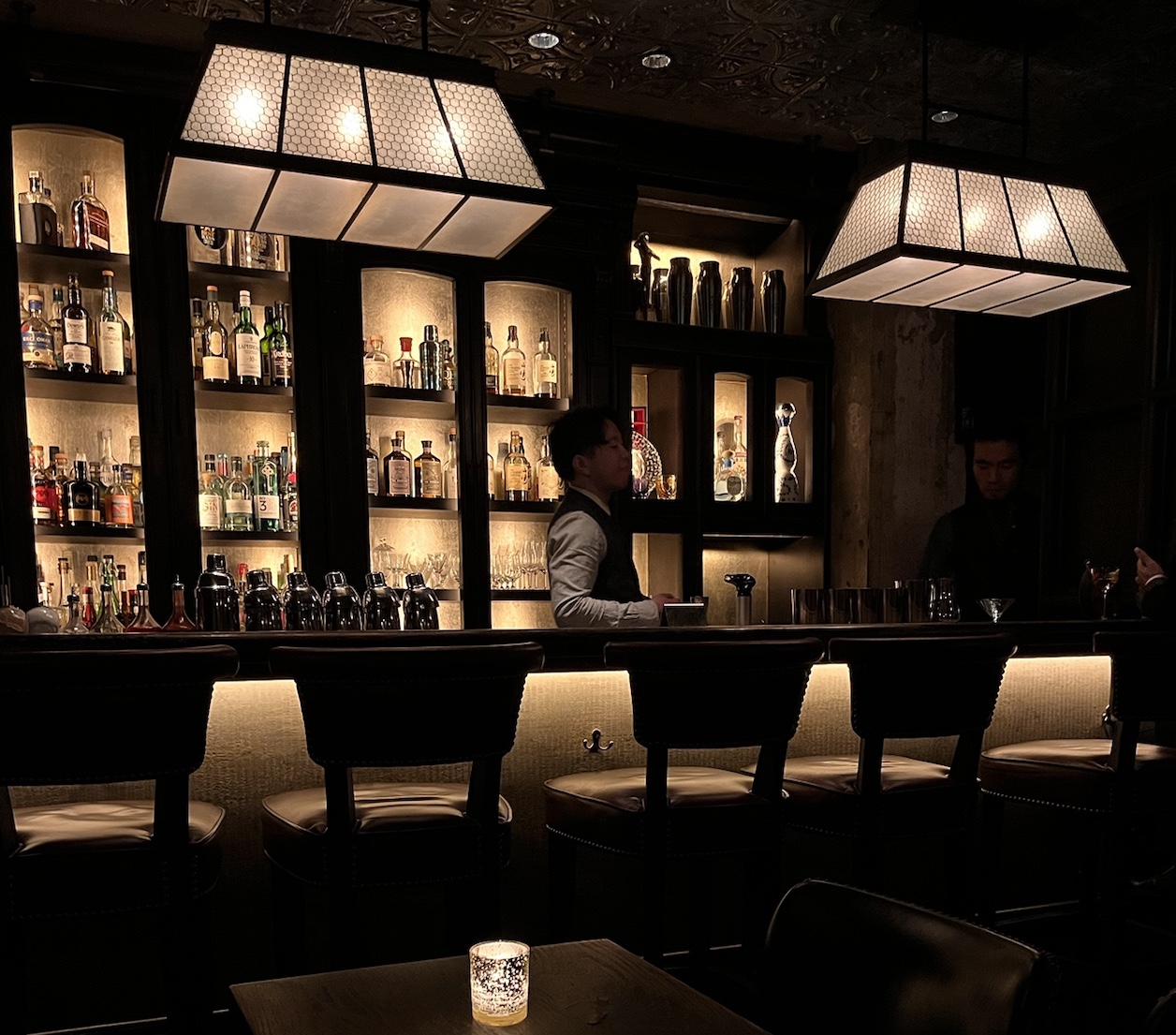
Clubs and Discos
- WOMB – Known as being featured in the film Babel, WOMB is a top choice for techno and electronic music fans. Womb has an excellent sound system and frequent hosting of international DJs,
- Sound Museum Vision – A huge huge subterranean space, famous for its diverse music genres, from hip-hop to techno, and its state-of-the-art sound system.
- Club Camelot – Popular among a younger crowd, Club Camelot offers a mix of EDM, hip-hop, and pop music across its different floors.
- Harlem – Focused on hip-hop and R&B, Harlem is a staple in Tokyo’s urban music scene and regularly hosts famous local and international DJs.
Bars
- Trench – Tucked away in the Ebisu area, close to Shibuya, Trench is known for its speakeasy vibe and innovative cocktails. The bar is cozy and intimate, with a focus on craft spirits, particularly absinthe. It is featured in the World’s 50 Best Bars.
- The SG Club – This bar is a trendy spot in Shibuya known for its creative cocktails and stylish interior. The SG Club has two levels – ‘Sip’ for a more upscale, quiet experience, and ‘Guzzle’ for a casual, lively atmosphere. It’s featured in the World’s 50 Best Bars.
- Bar Ishinohana – Featured in the World’s 50 Best Bars list, Bar Ishinohana is known for its exceptional cocktails crafted by skilled bartenders. The ambiance is sophisticated yet welcoming.
- Bar Benfiddich – Located a short train ride from Shibuya in Shinjuku, Bar Benfiddich is renowned for its farm-to-bar concept, with many ingredients sourced from the bartender’s farm. The bar offers a unique experience with its herbal and fresh infusions. It is featured in the World’s 50 Best Bars.
- Aoyama Tunnel – A stylish, subterranean bar with chic decor and a diverse range of cocktails, perfect for a classy evening.
Pubs and Izakayas
- Yebisu Beer Hall – As a tribute to the famous Yebisu beer, a brand with deep historical roots in Japan, the hall offers a variety of Yebisu beers, including some exclusive brews. Visitors can enjoy these in a sophisticated, yet relaxed atmosphere, often accompanied by delicious, beer-friendly dishes.
- The Aldgate British Pub – Known for its selection of British beers and pub food, The Aldgate offers a cosy and friendly atmosphere.
- Hub British Pub – A chain of British-style pubs, Hub offers a casual place to drink and enjoy pub food.
- Tasuichi – A bustling izakaya offering a lively atmosphere and affordable drinks, popular with a young crowd.
Getting around Shibuya
Shibuya Station is one of Tokyo’s busiest railway stations, serving a multitude of lines operated by different entities, including JR East, private railways, and the Tokyo subway. This makes it a key transportation hub in the city. Please note, there are no Shinkansen operating in the Shibuya Station area. Here’s an overview of the lines serving Shibuya Station.
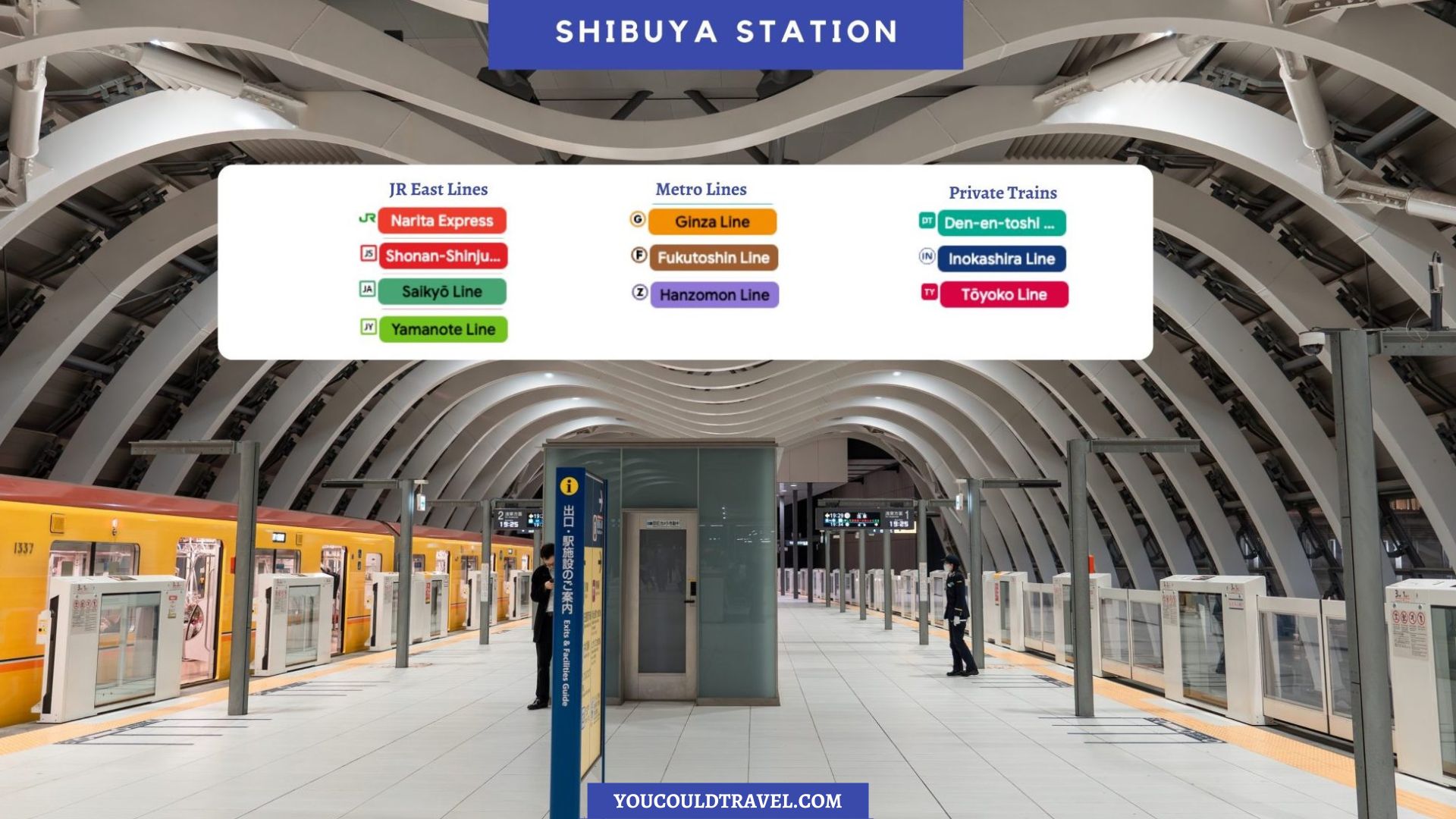
JR East Lines
- JA Saikyō Line / JS Shōnan–Shinjuku Line – These lines run on what is known as the Yamanote Freight Line. The Saikyō Line connects Shibuya to areas like Ikebukuro and Saitama, while the Shōnan–Shinjuku Line provides access to Shinjuku, Yokohama, and areas in Kanagawa and Saitama. Notably, Narita Express trains also use these lines to provide direct access to Narita Airport.
- JY Yamanote Line – This is one of Tokyo’s most important and busiest commuter rail lines. It circles central Tokyo and connects Shibuya with major stations like Shinjuku, Ikebukuro, and Tokyo Station.
Private Railways
- Keio Inokashira Line – This line starts at Shibuya and heads towards the suburban areas of Kichijoji and Mitaka. It’s popular for its access to areas like Shimokitazawa.
- DT Den-en-toshi Line – This line offers through service with the Tokyo Metro Hanzomon Line. It connects Shibuya with areas like Chuo-Rinkan in Kanagawa Prefecture.
- TY Tōyoko Line – This line provides through service with the Tokyo Metro Fukutoshin Line. It connects Shibuya with Yokohama in Kanagawa Prefecture and areas further south.
Subways
- G Ginza Line – As the terminus of the oldest subway line in Asia, the Ginza Line connects Shibuya with major areas like Ueno and Asakusa.
- Z Hanzōmon Line – This line offers through service with the Tokyu Den-en-toshi Line. It connects Shibuya with destinations like Oshiage (Skytree).
- F Fukutoshin Line – This line has through service with the Tokyu Tōyoko Line, connecting Shibuya with areas in northwest Tokyo and Yokohama.
Shibuya Rehabilitation
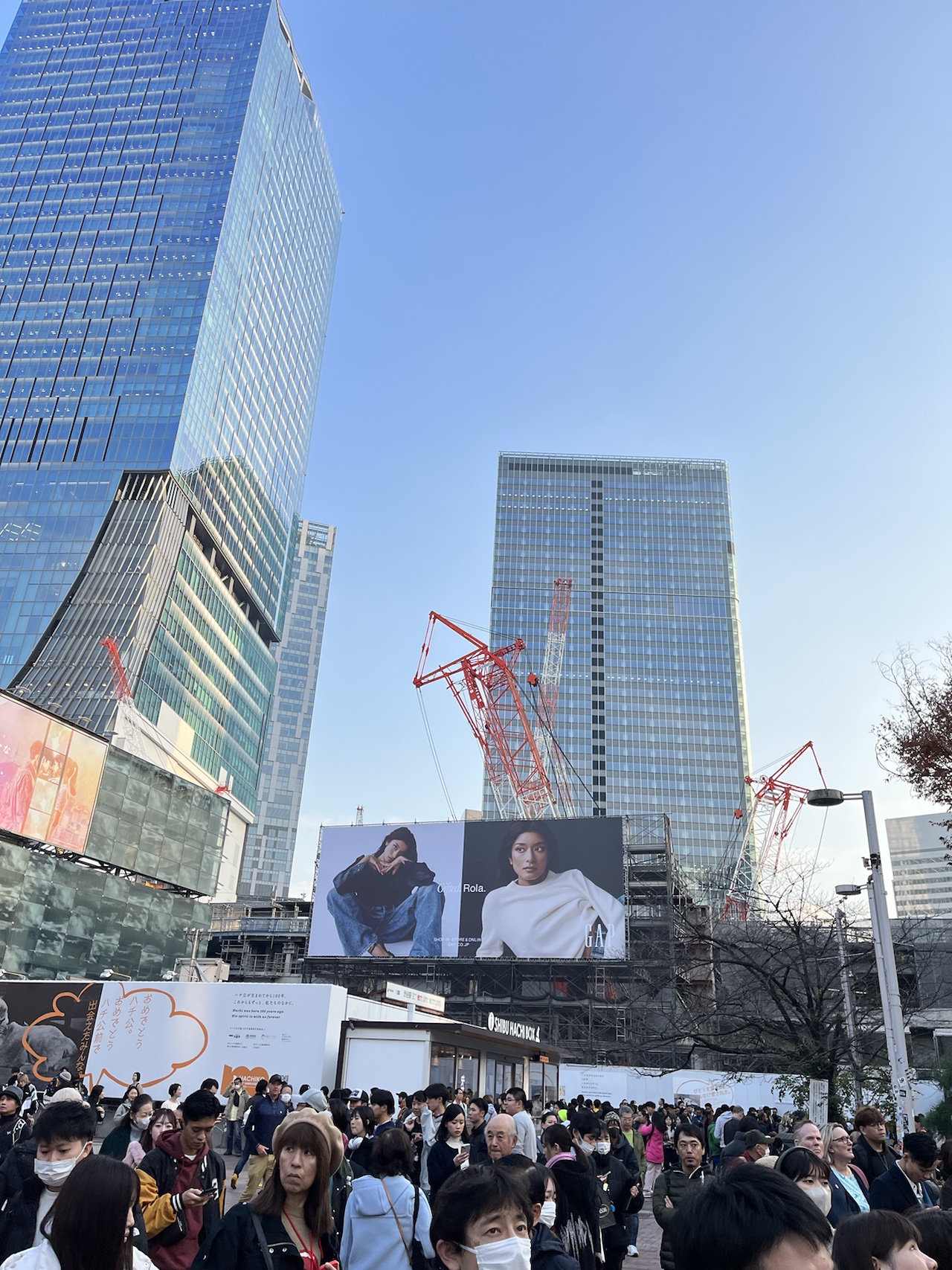
The Shibuya rehabilitation or redevelopment project is a major urban renewal initiative aimed at transforming Shibuya into a more modern, accessible, and vibrant district.
A central aspect of the redevelopment is the extensive renovation of Shibuya Station. The station, one of Tokyo’s busiest, is being updated to improve passenger flow, accessibility, and connectivity between various train lines. This includes the construction of new platforms, the renovation of existing ones, and the reorganization of station exits for better traffic management.
This project aims to transform the area around Shibuya Station’s South Exit into a more pedestrian-friendly zone with easier access to cultural, commercial, and residential facilities. The plan includes the creation of open public spaces, the expansion of pedestrian walkways, and the development of new commercial buildings.
The redevelopment plans also focus on increasing cultural and green spaces in Shibuya. This includes the upgrading of Miyashita Park into a modern park with sports facilities, retail, and dining options, and the development of cultural facilities like theatres and galleries. The rehabilitation project also has a focus on sustainability, with buildings designed to be energy-efficient and environmentally friendly, and the inclusion of green spaces and rooftop gardens.

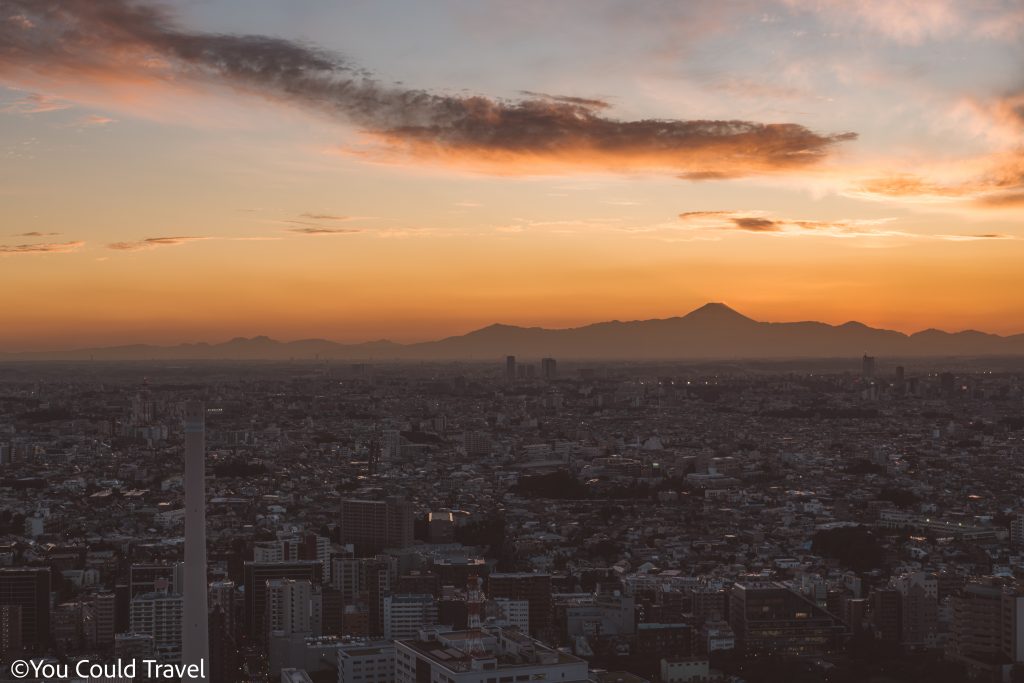
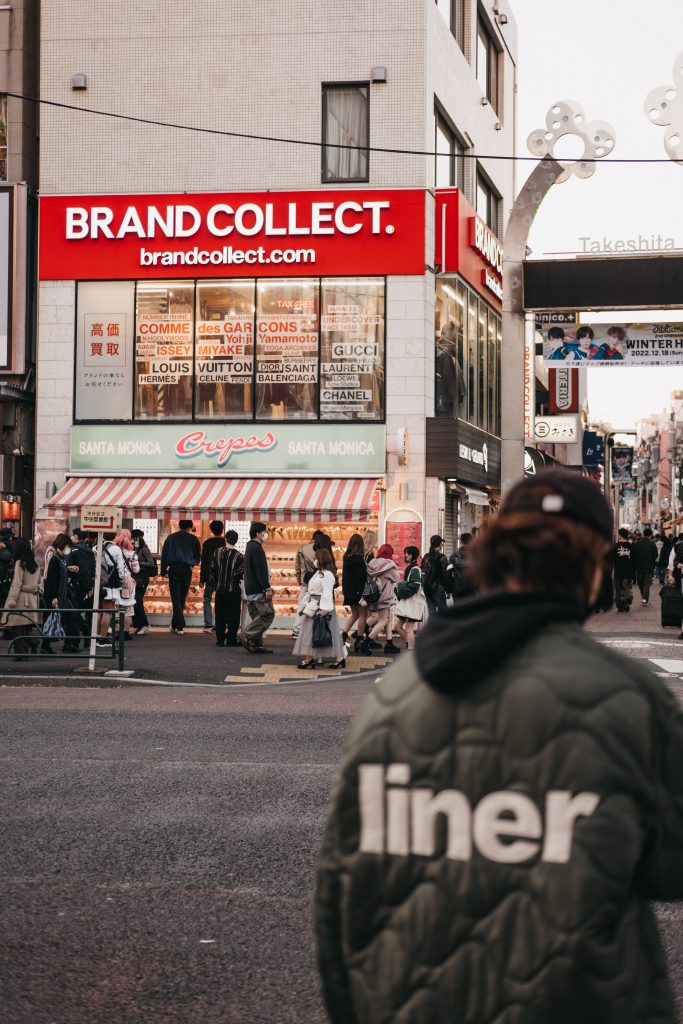
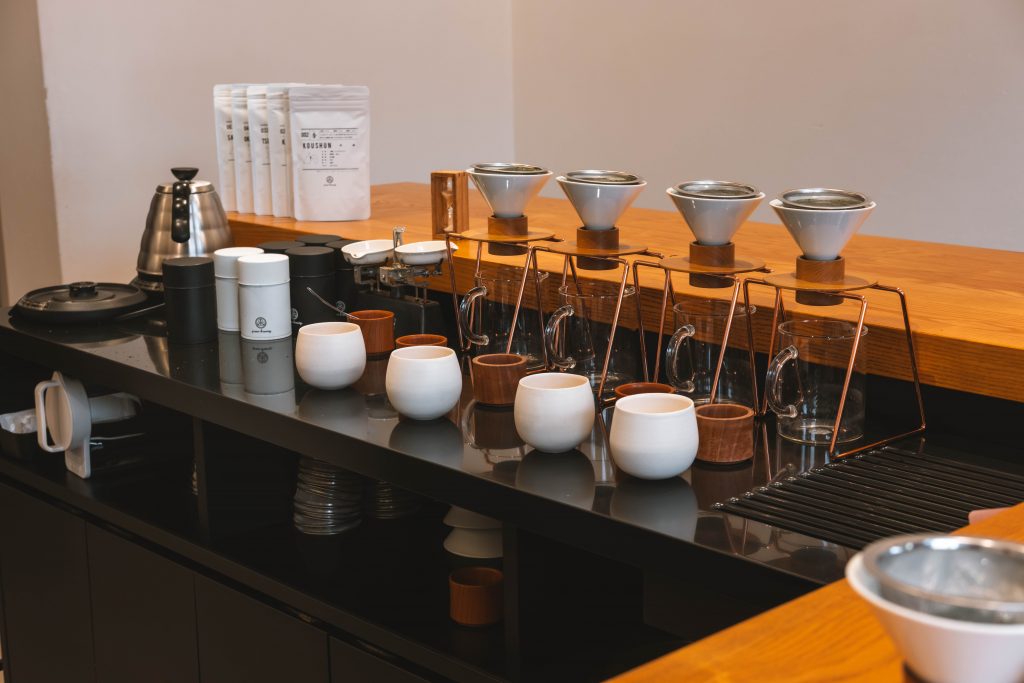
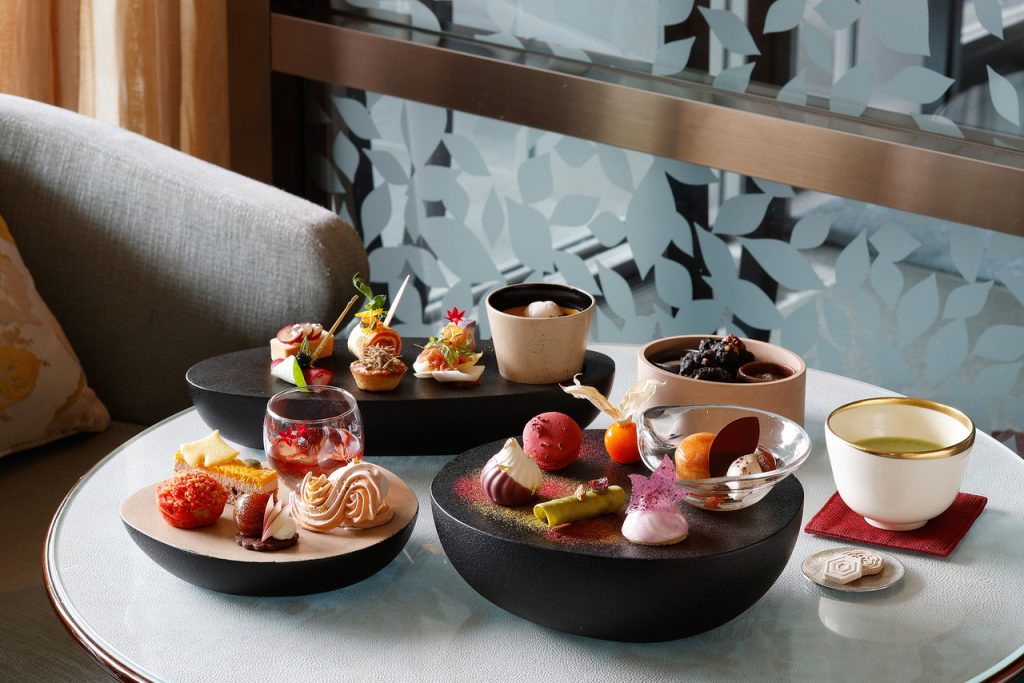
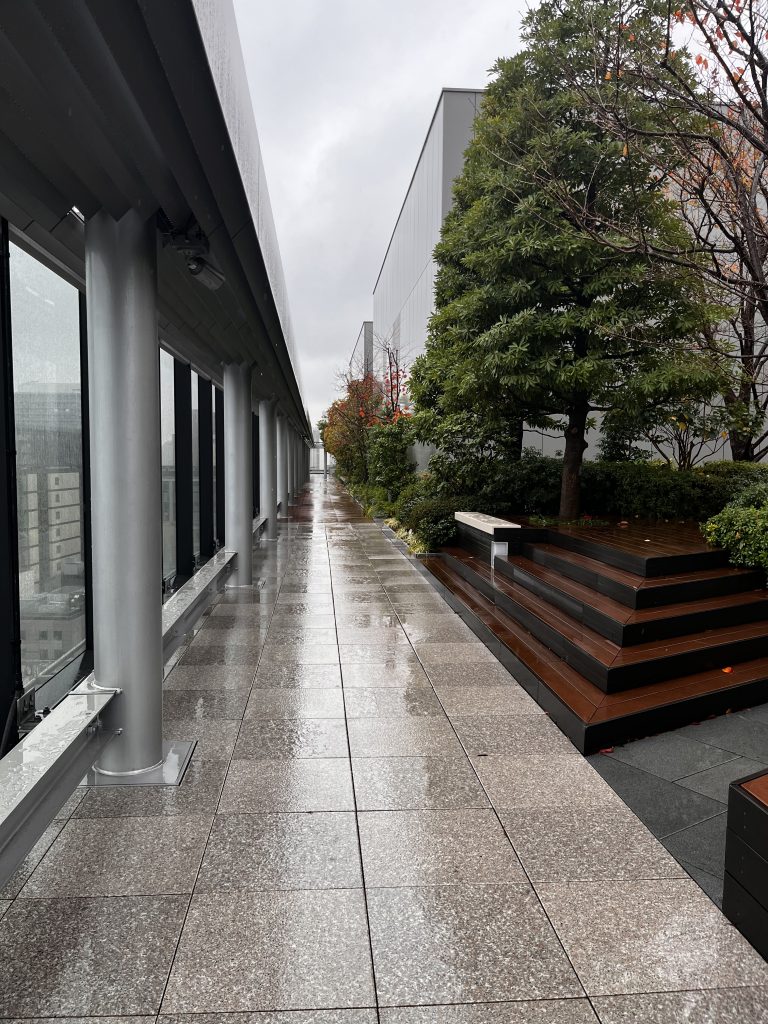
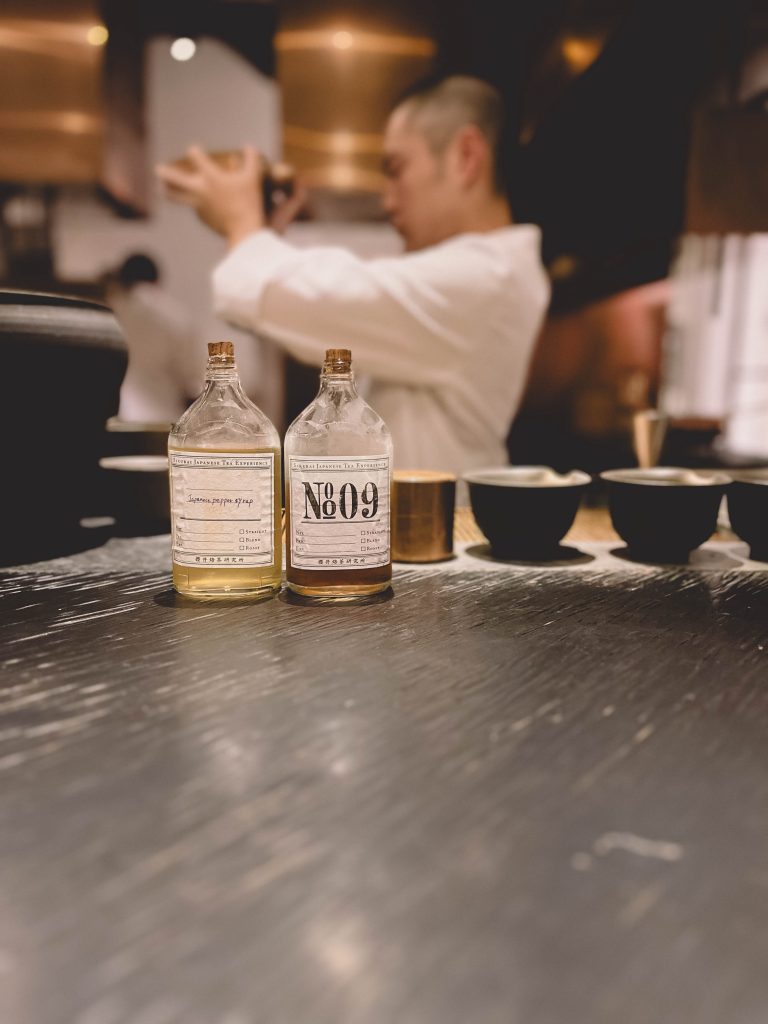


Leave a Reply